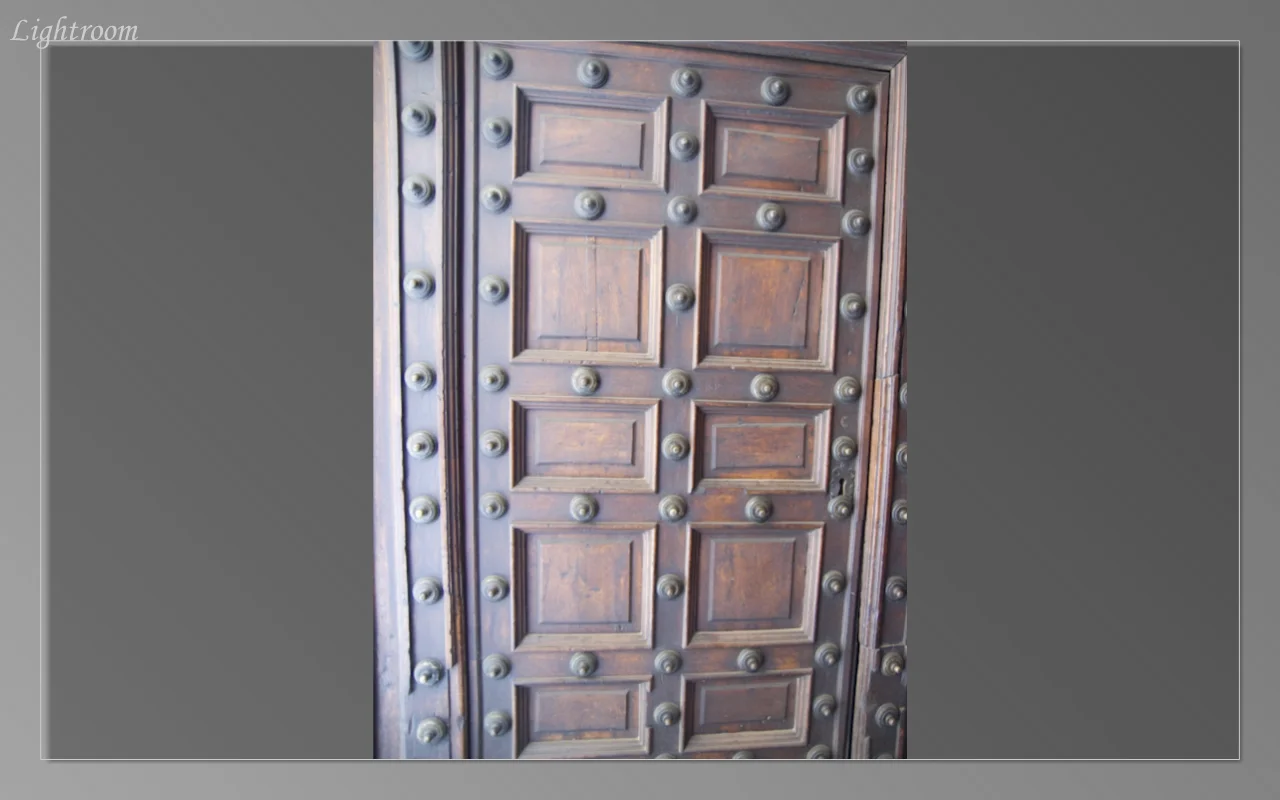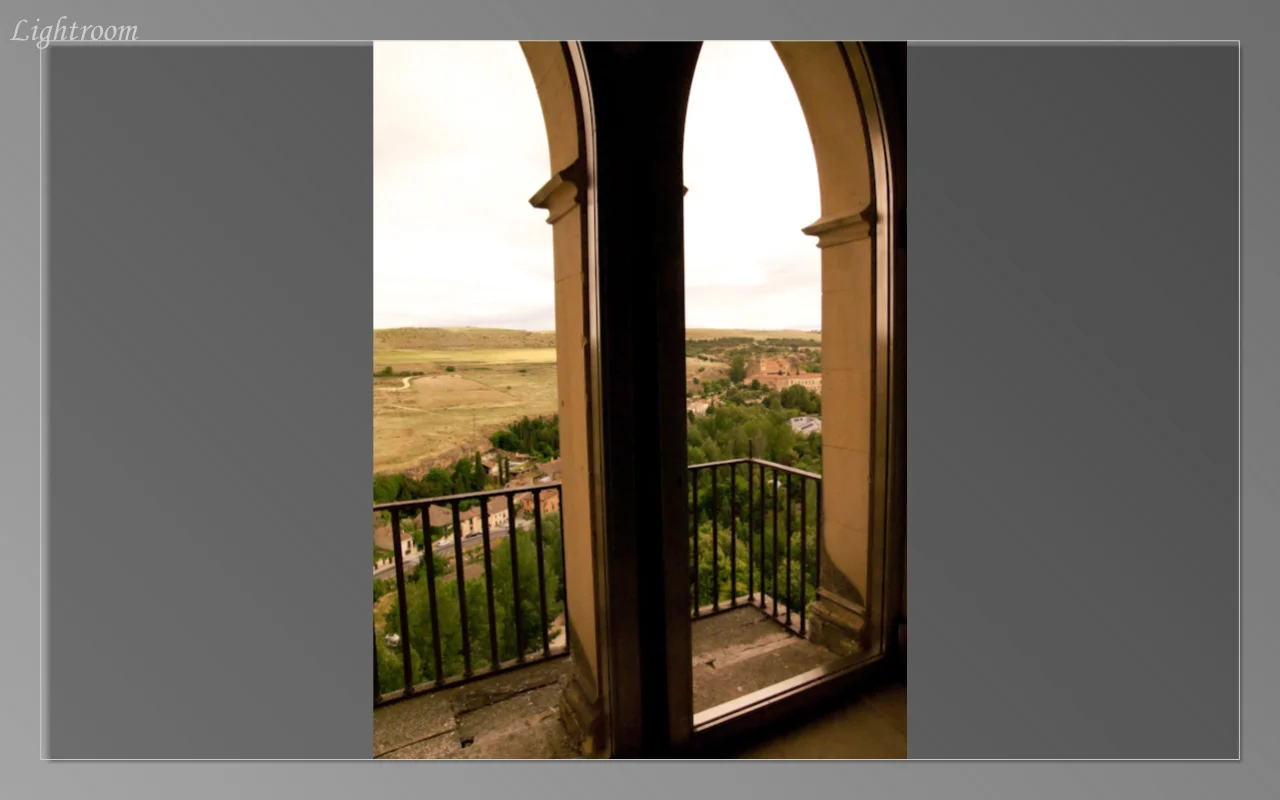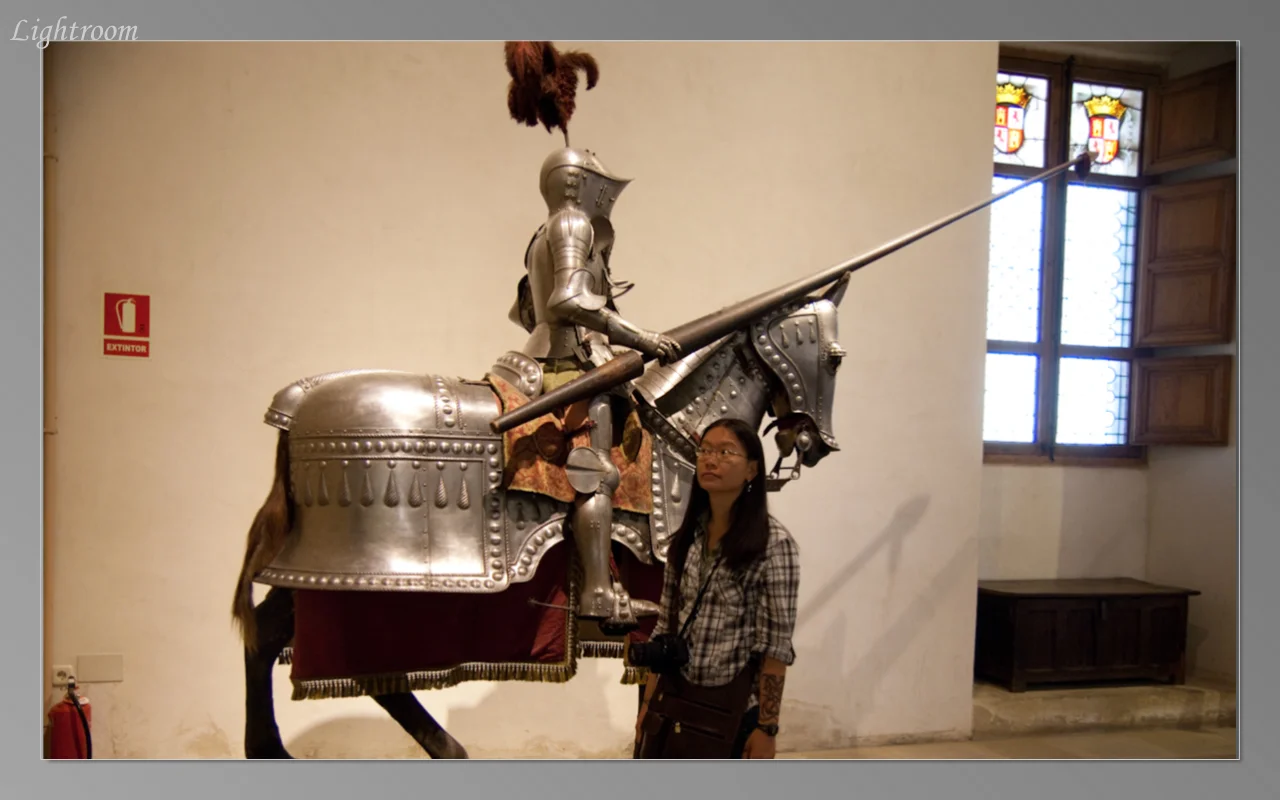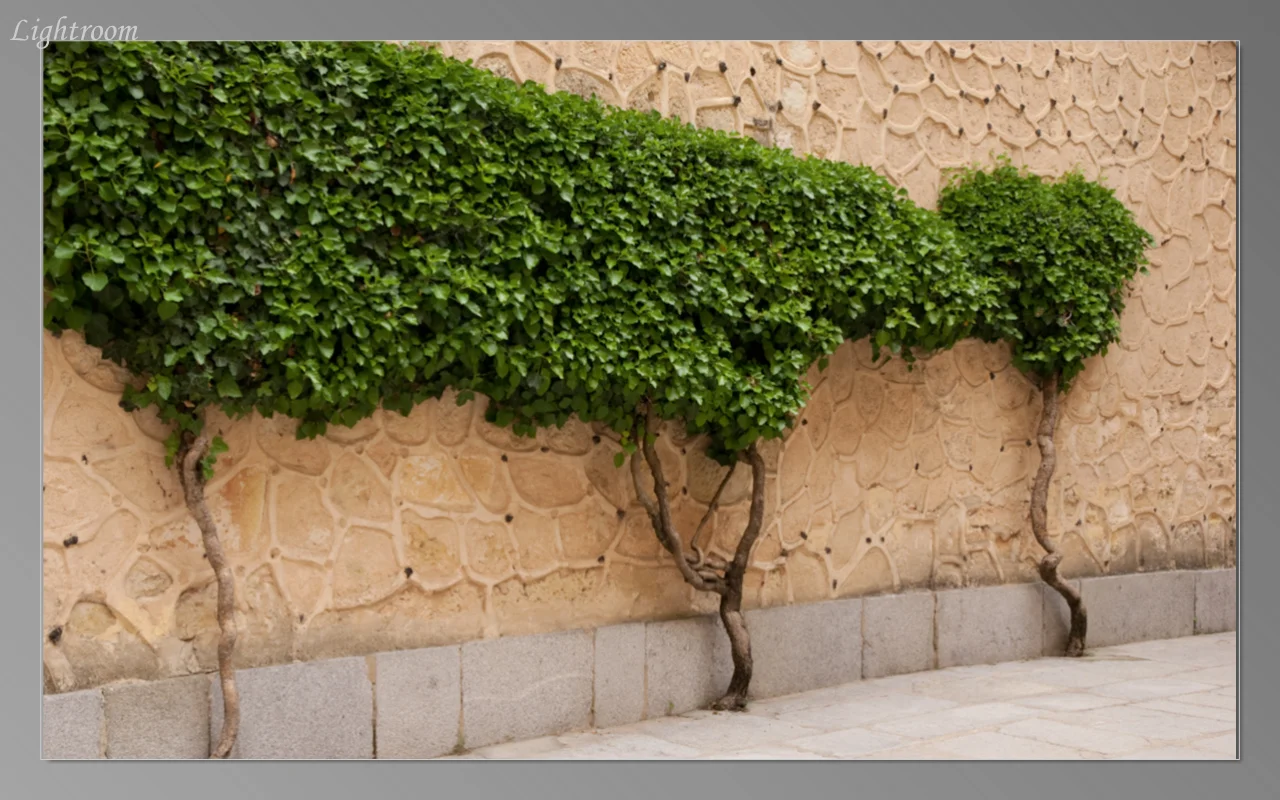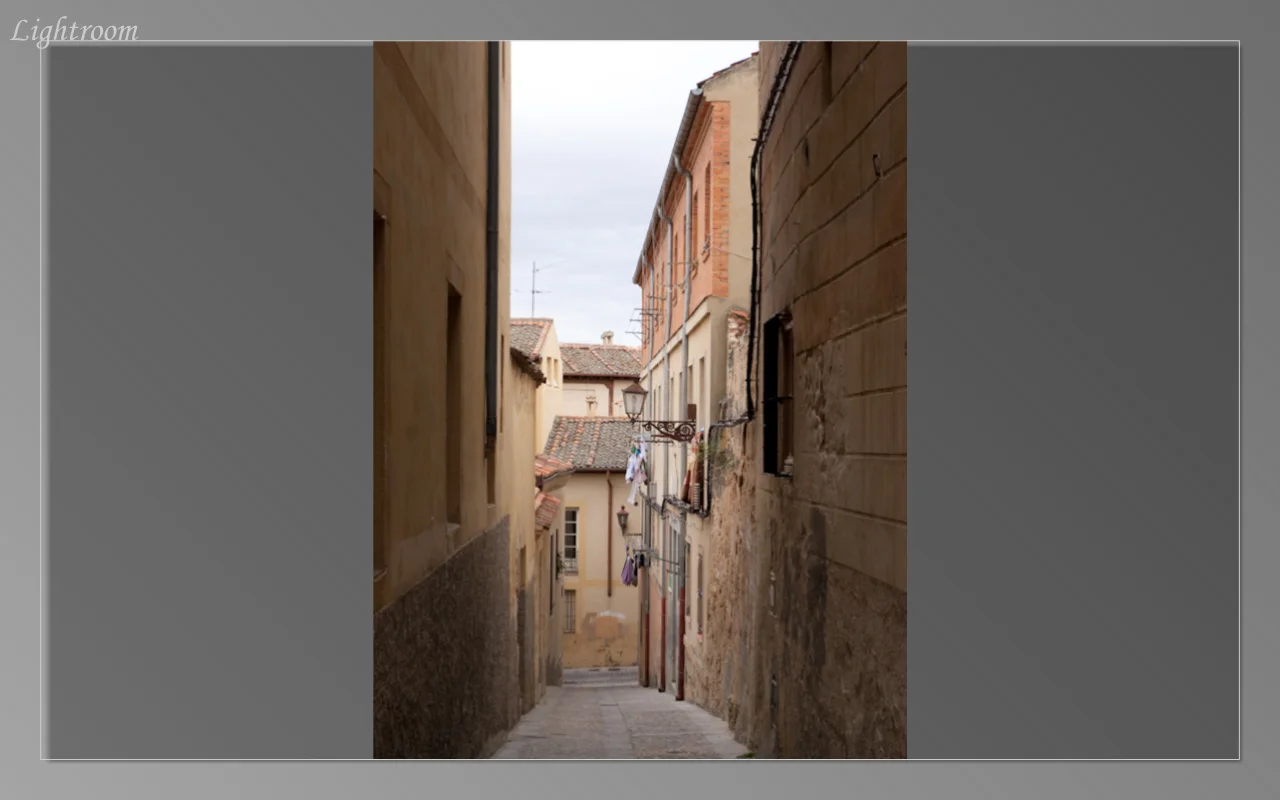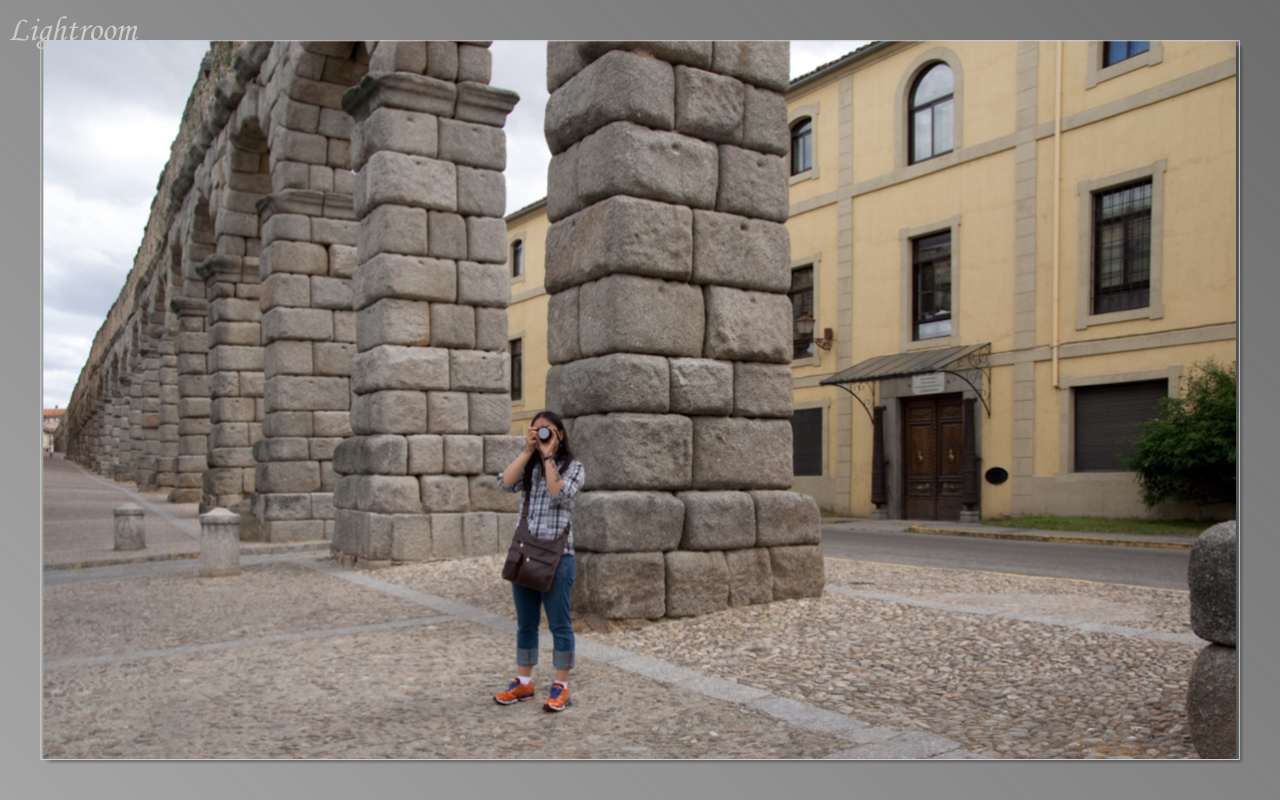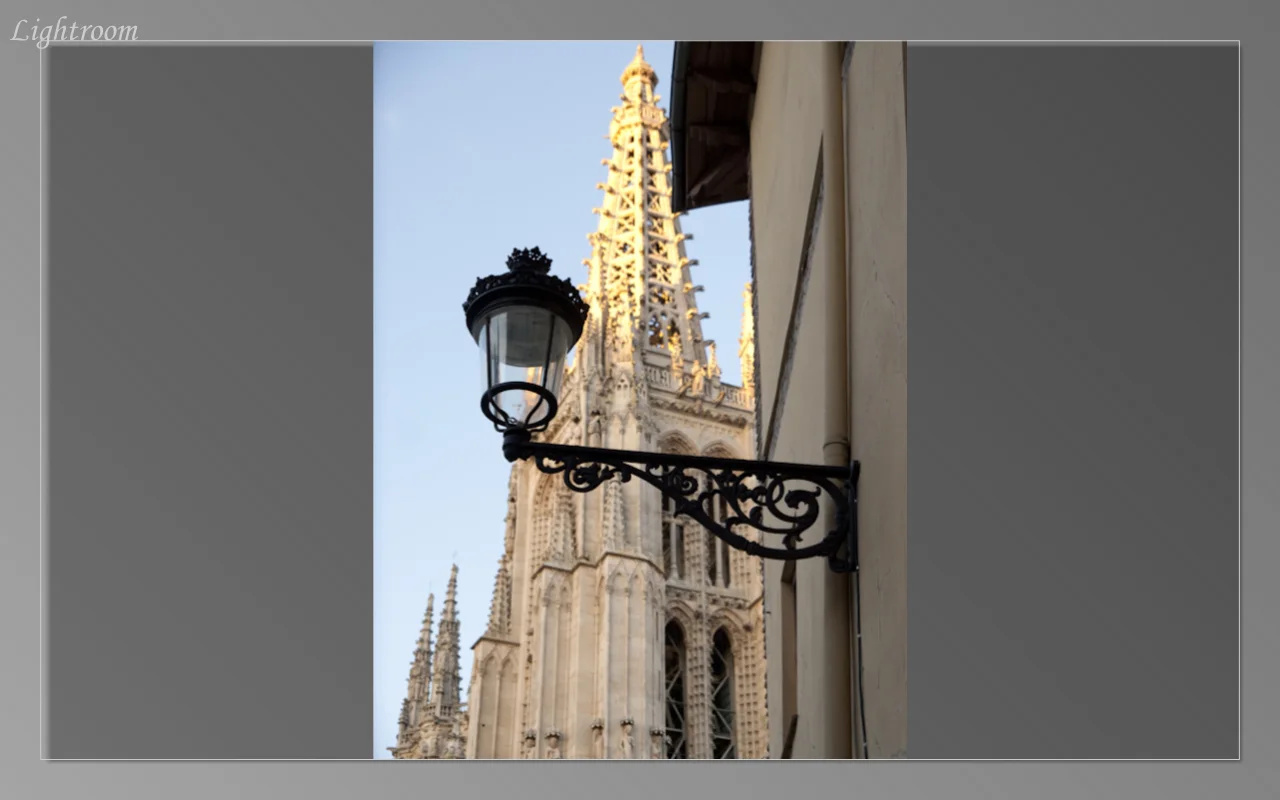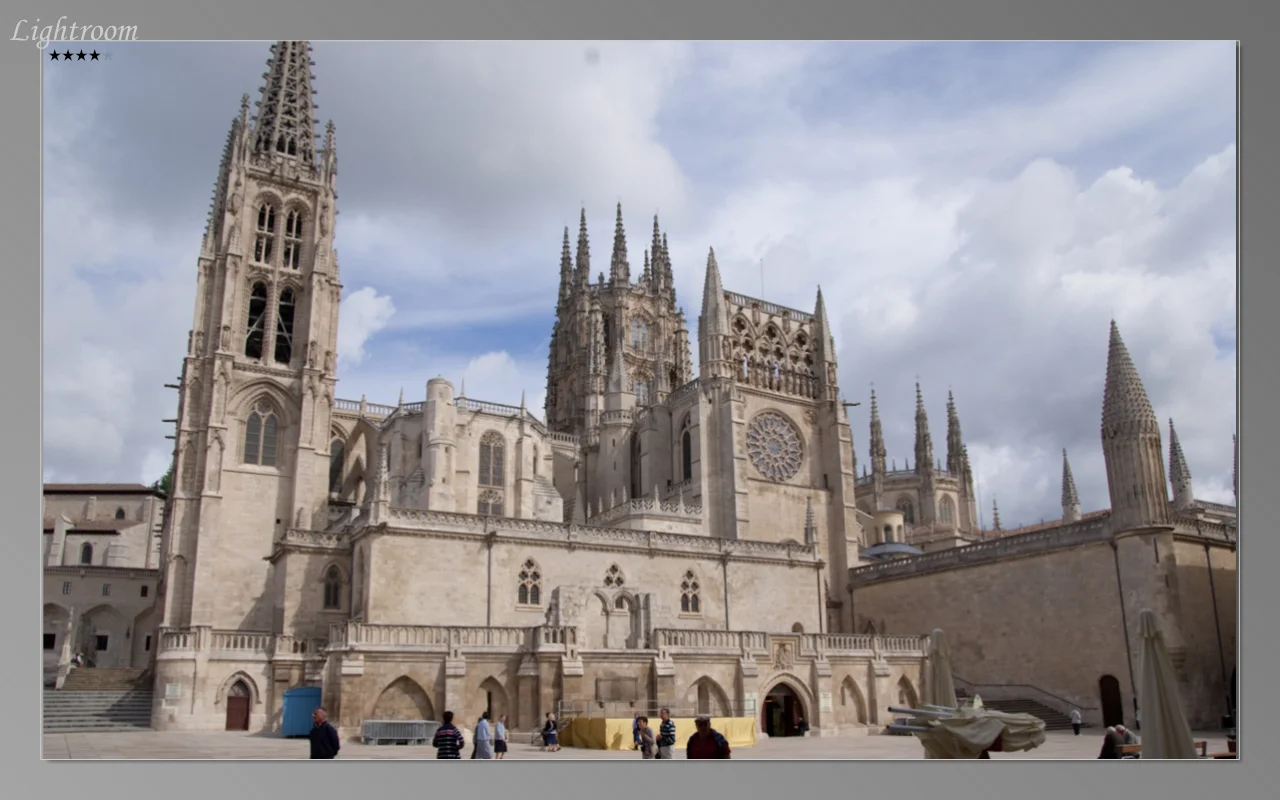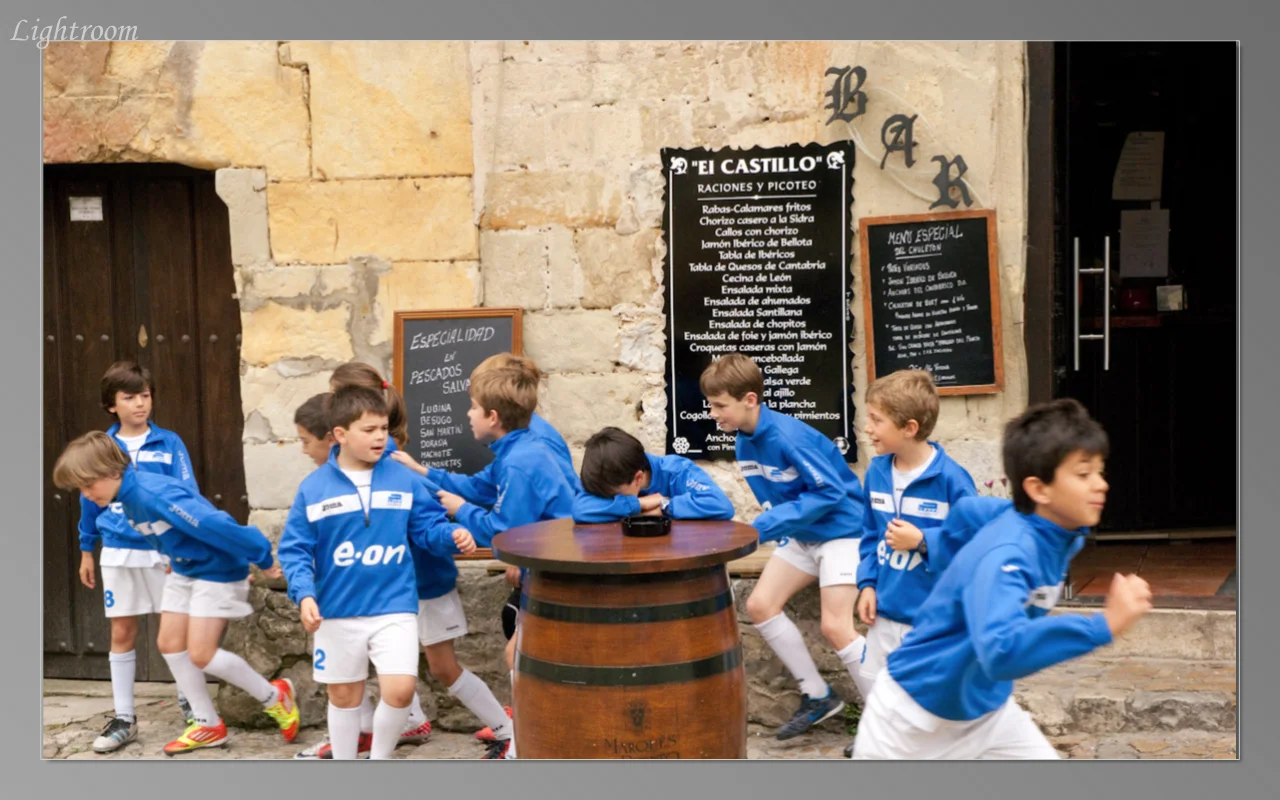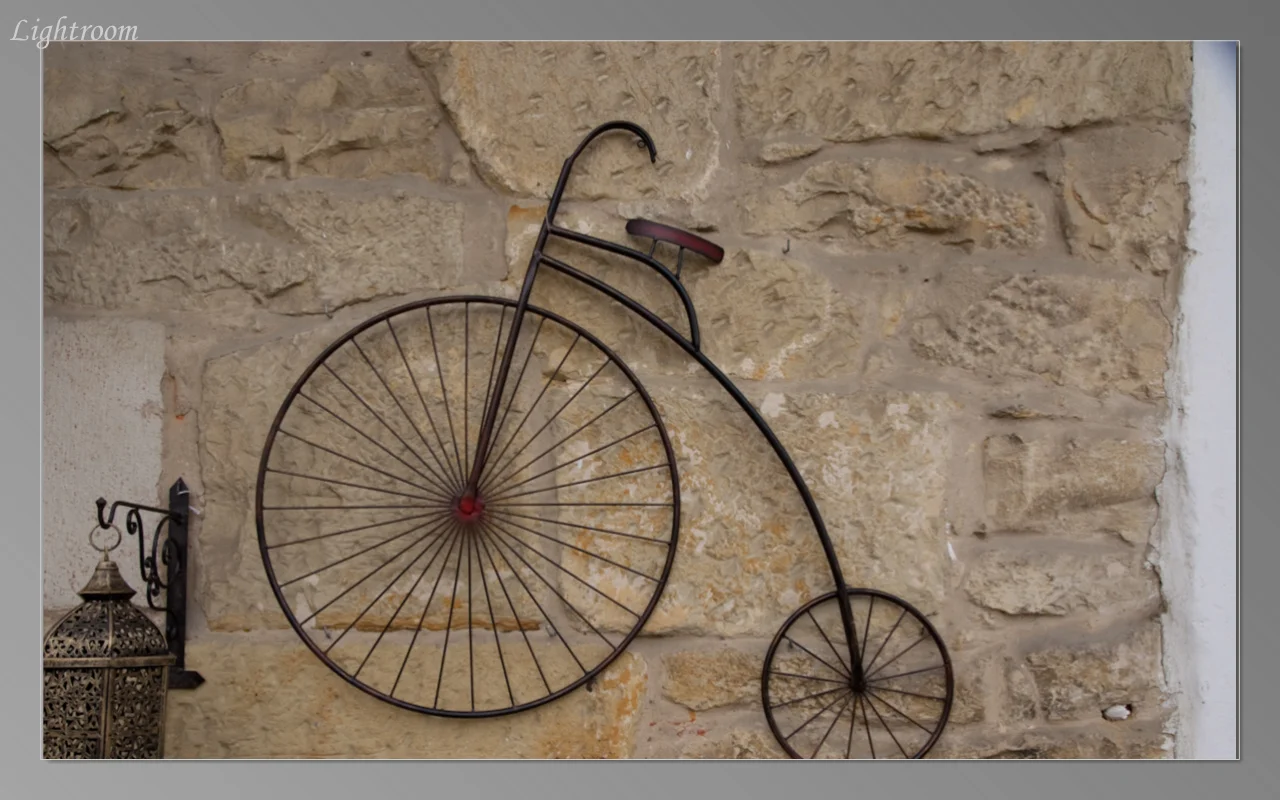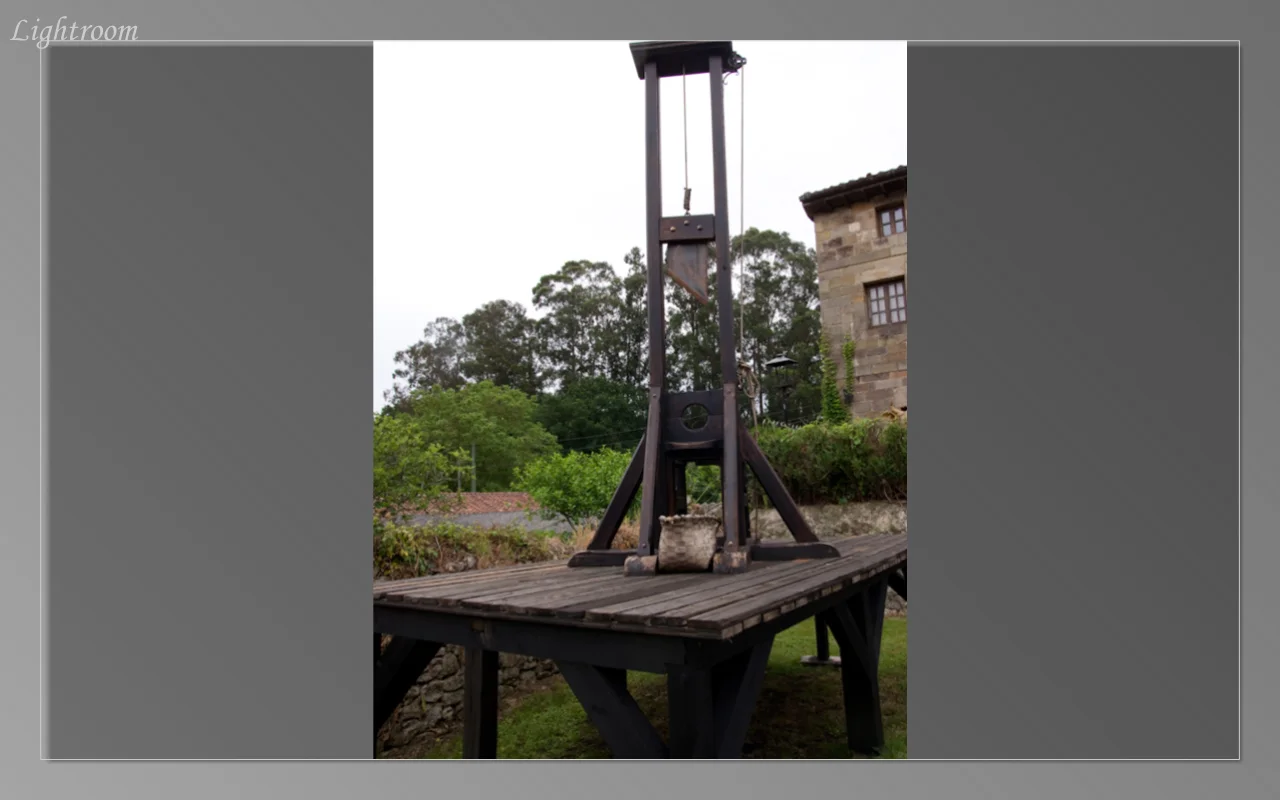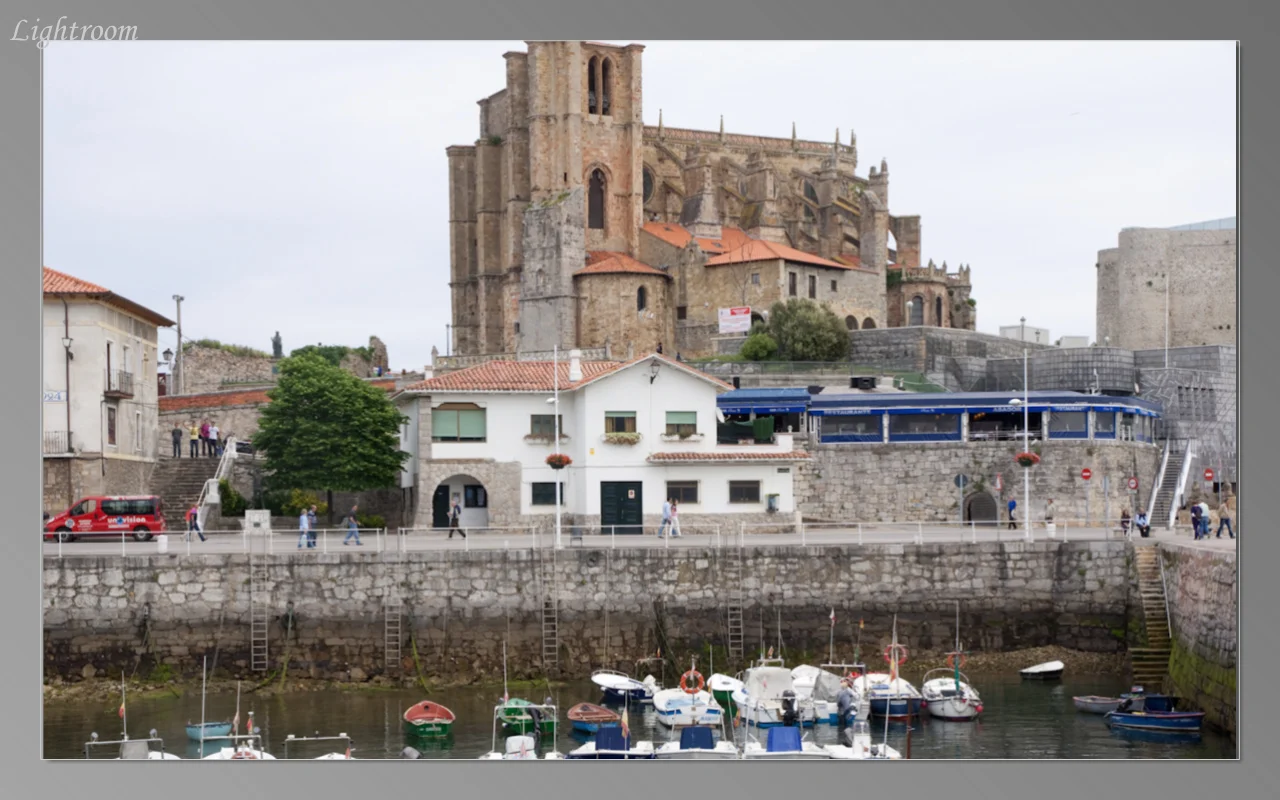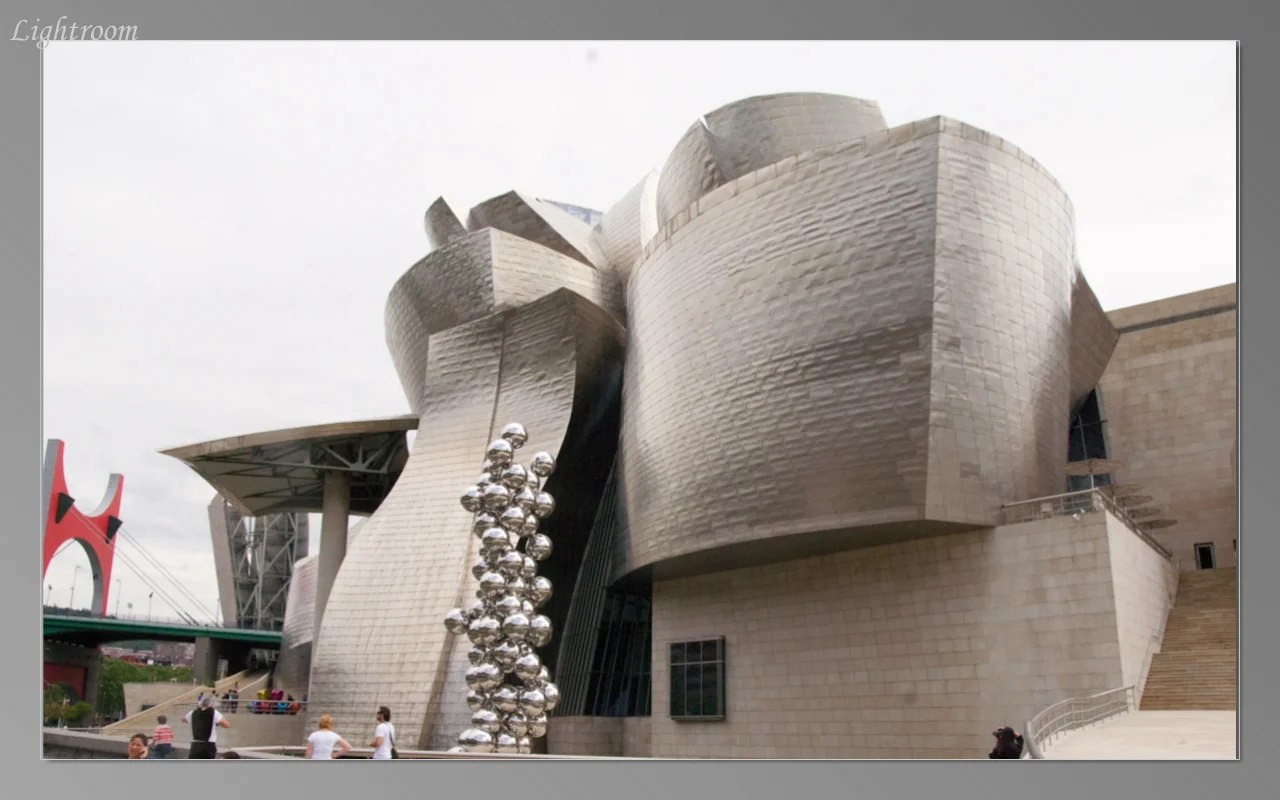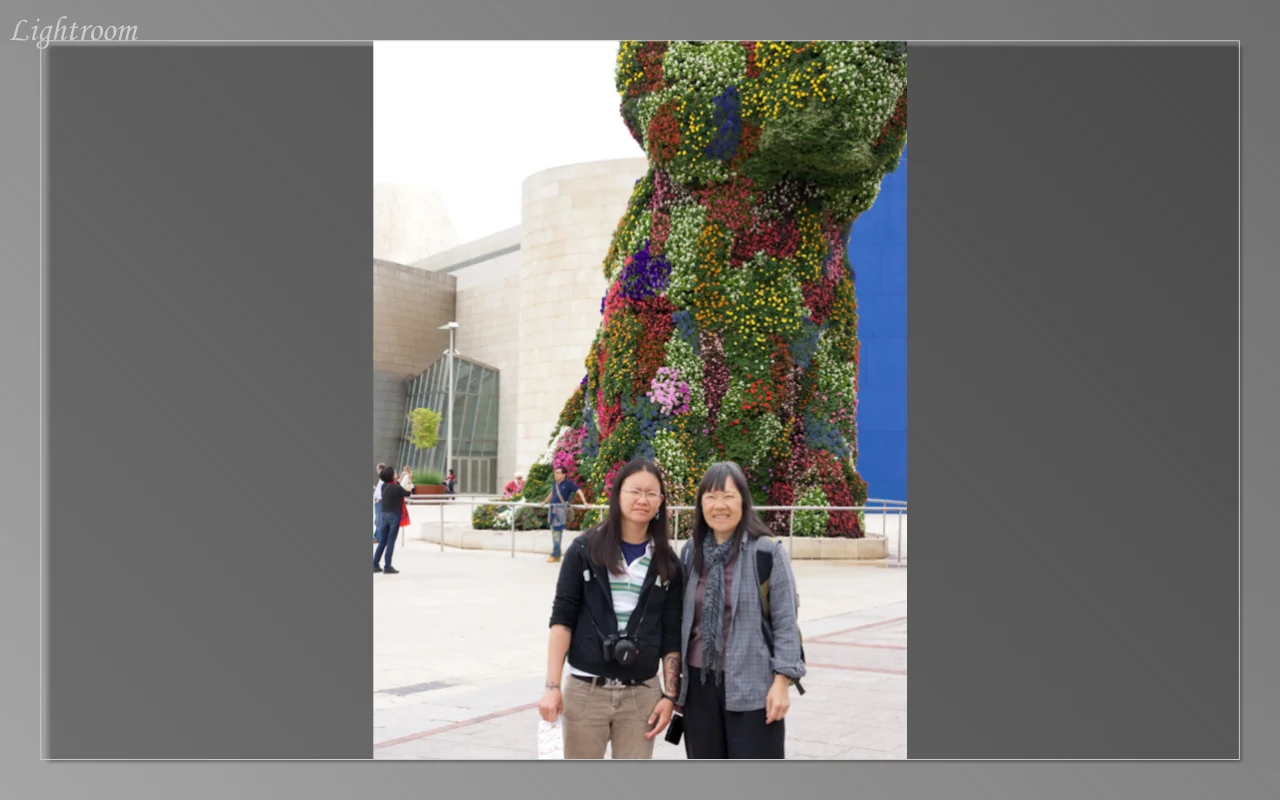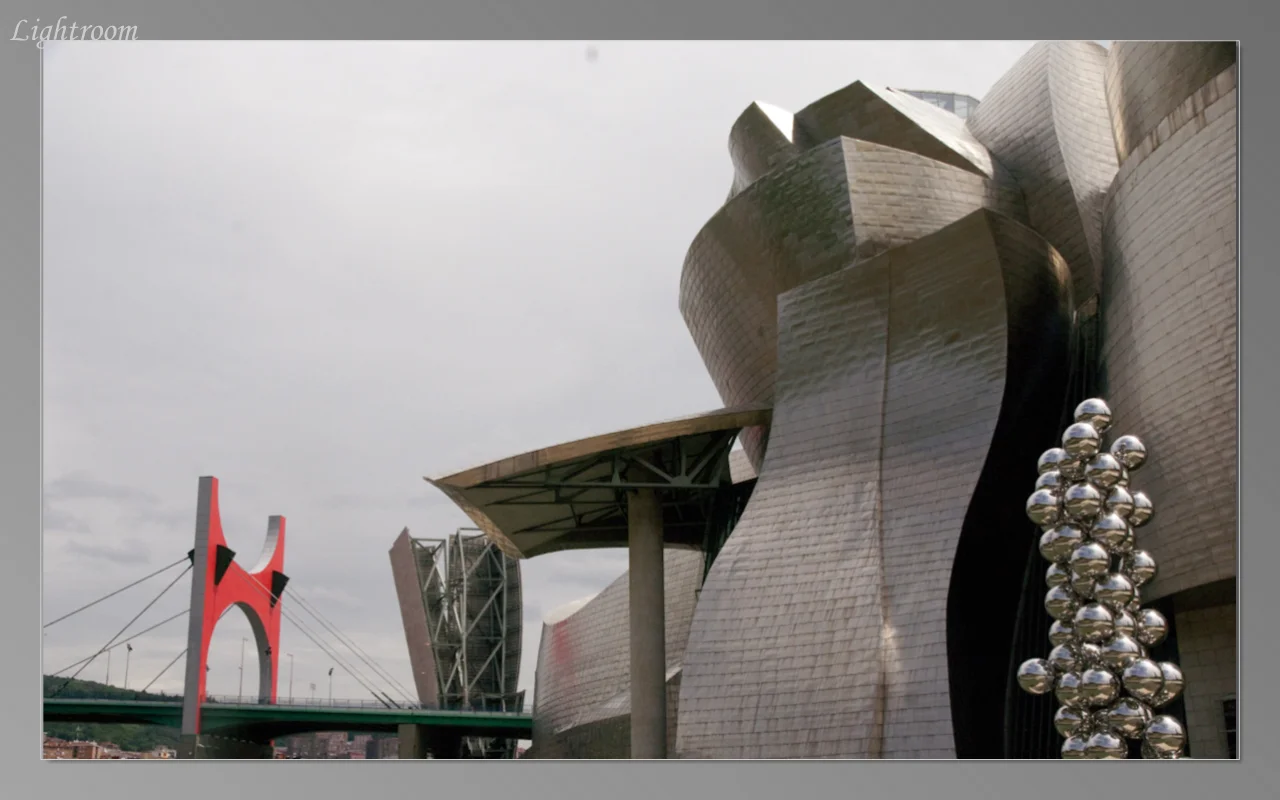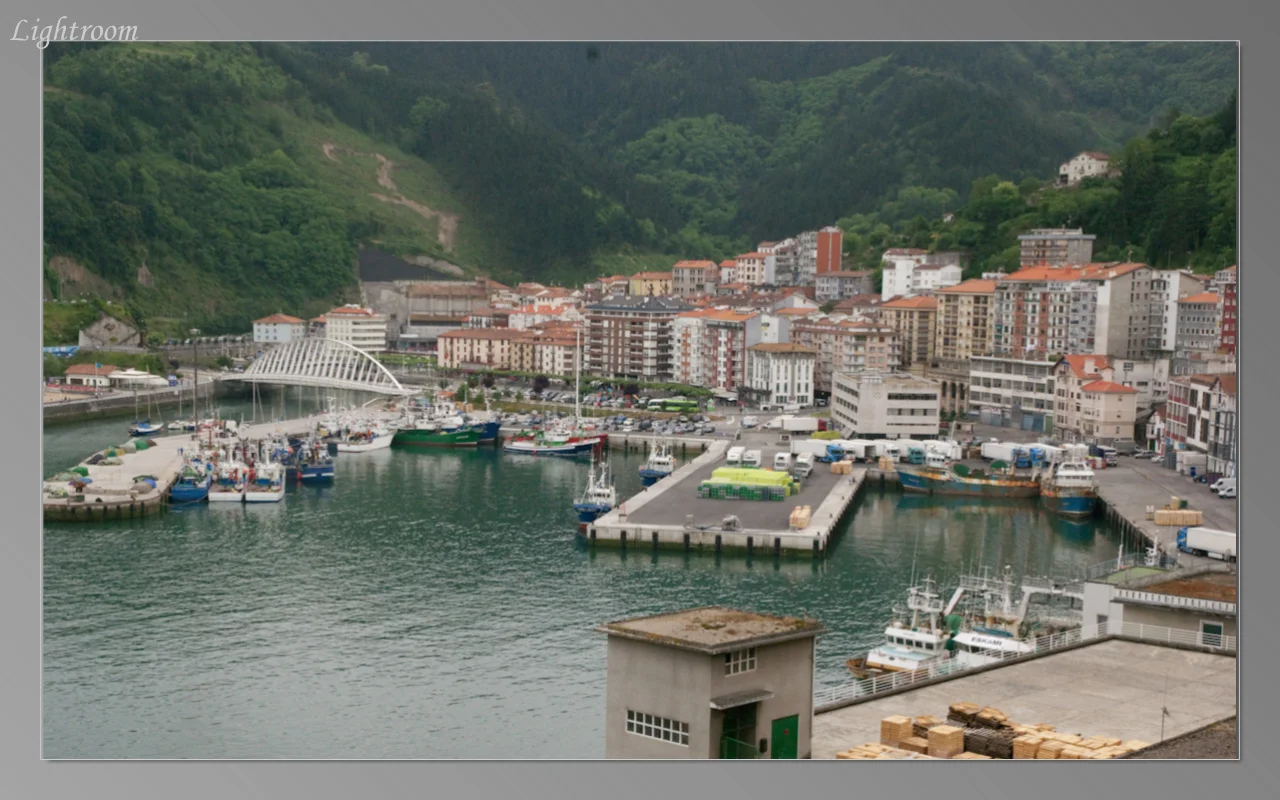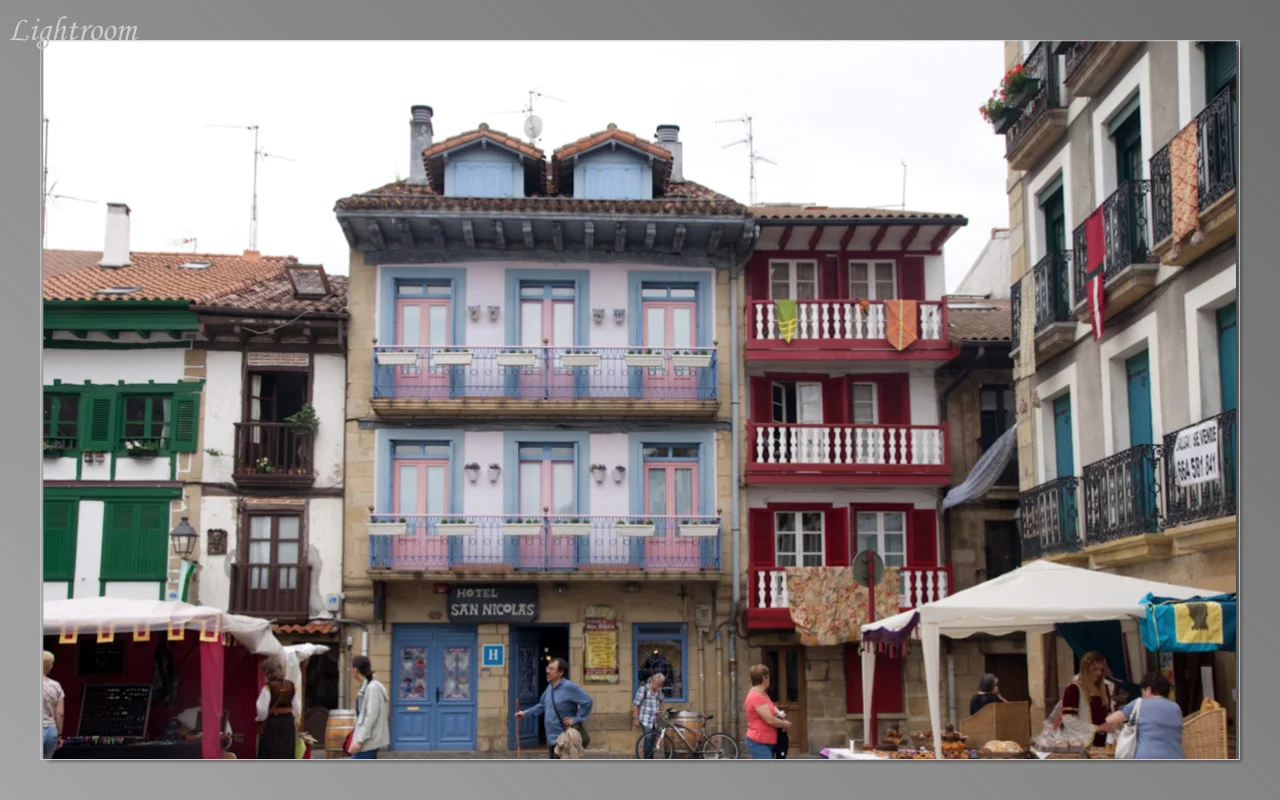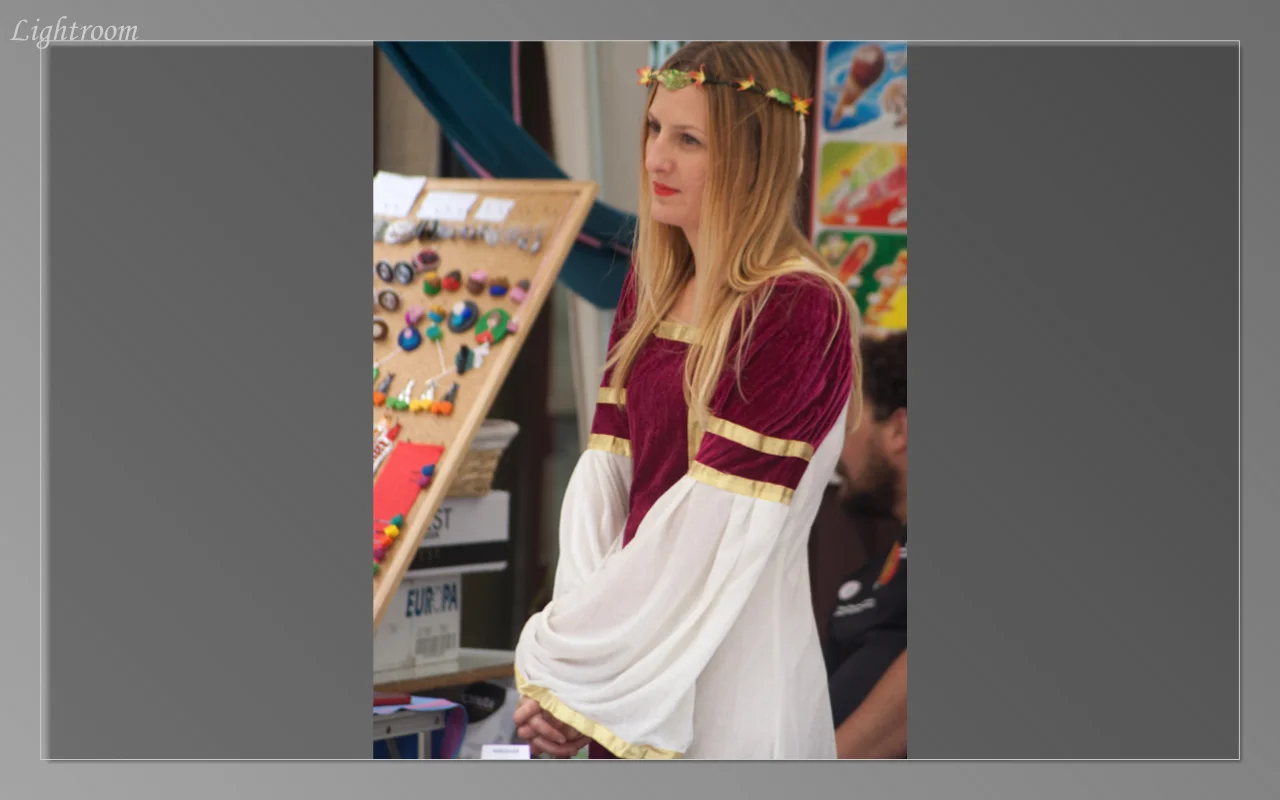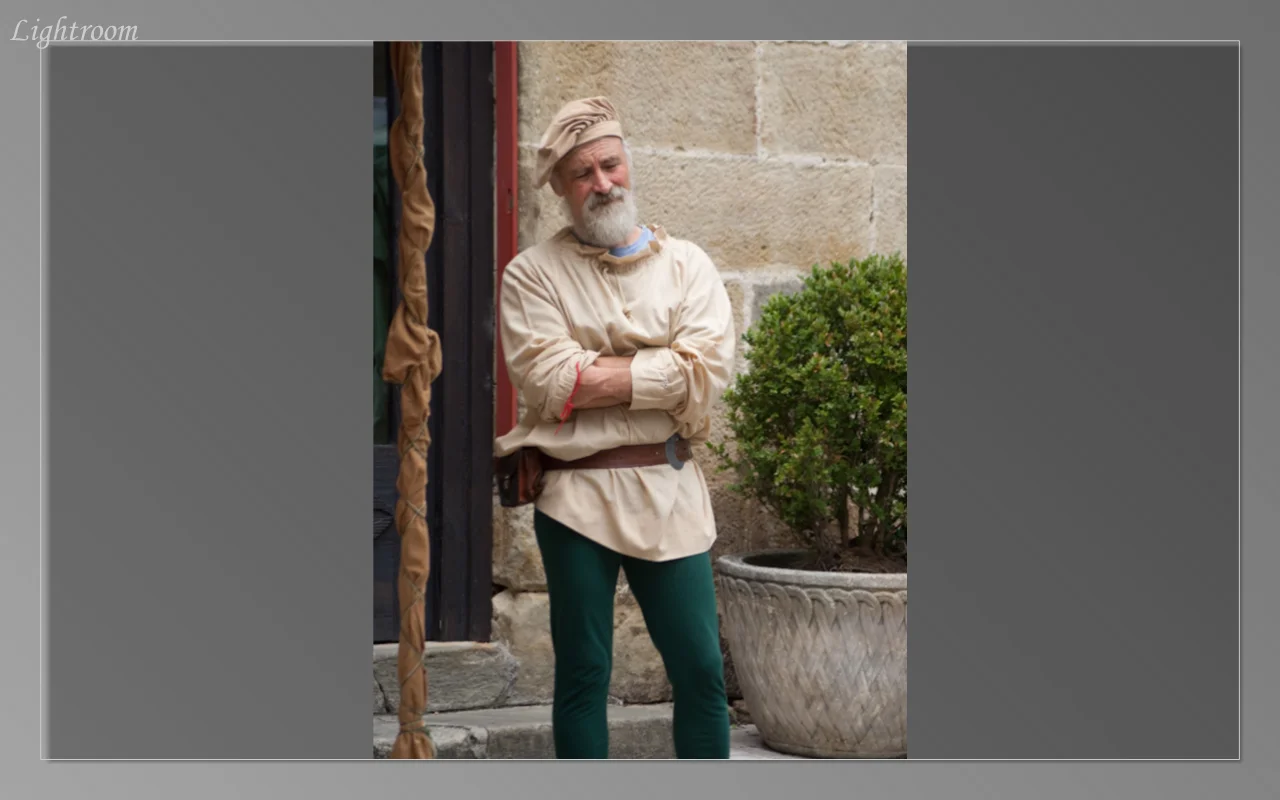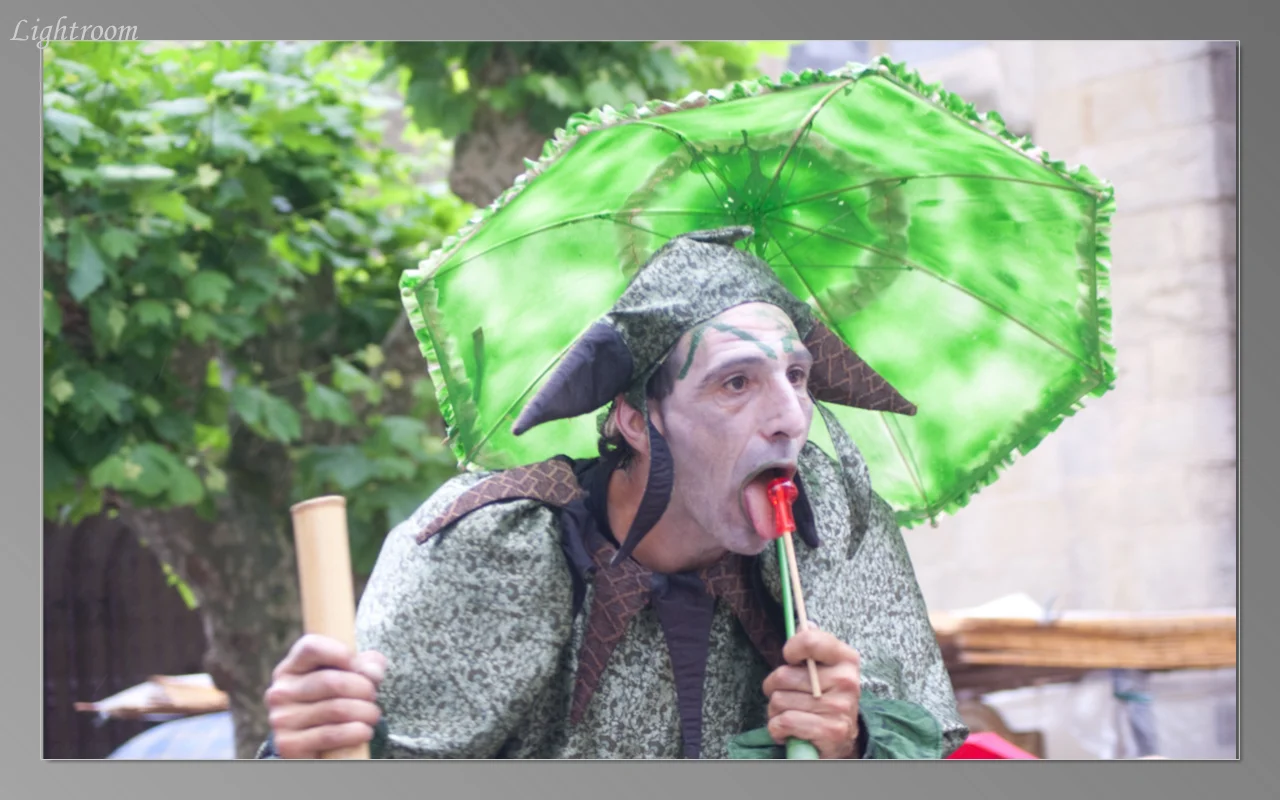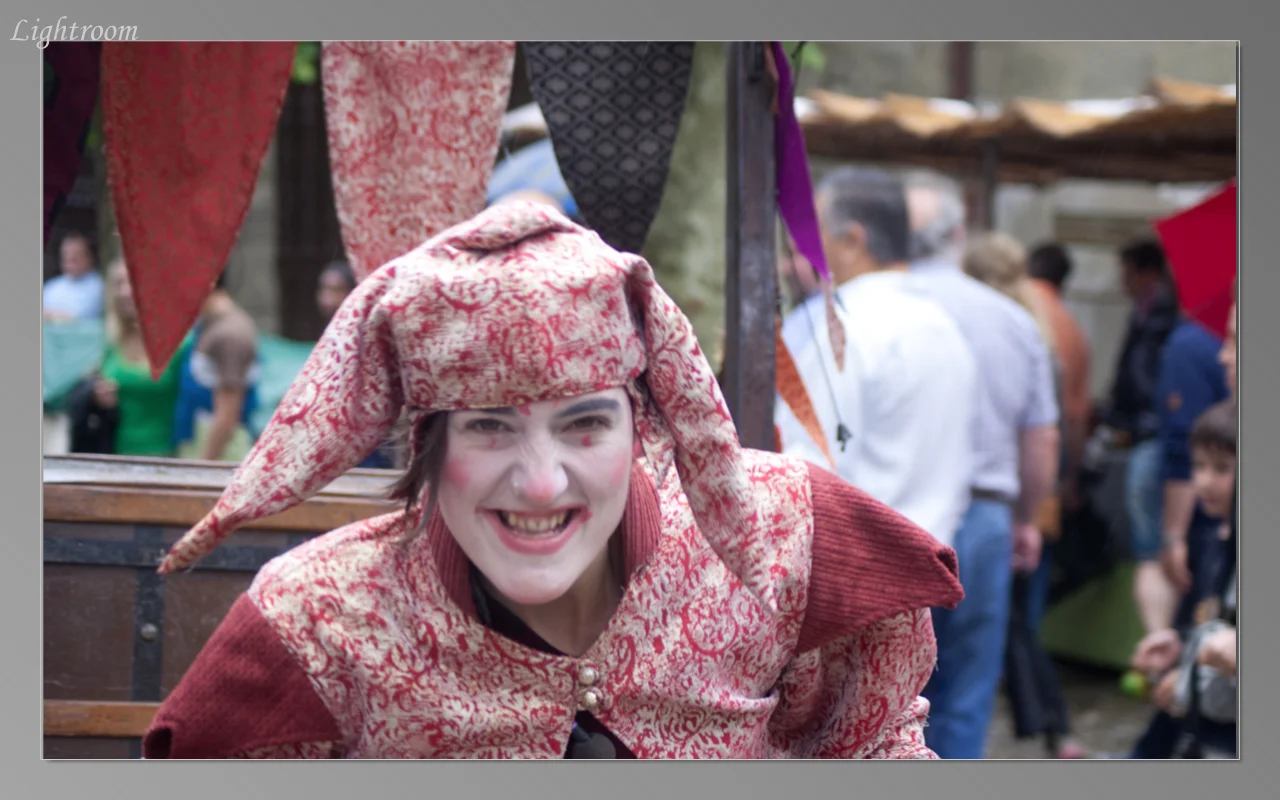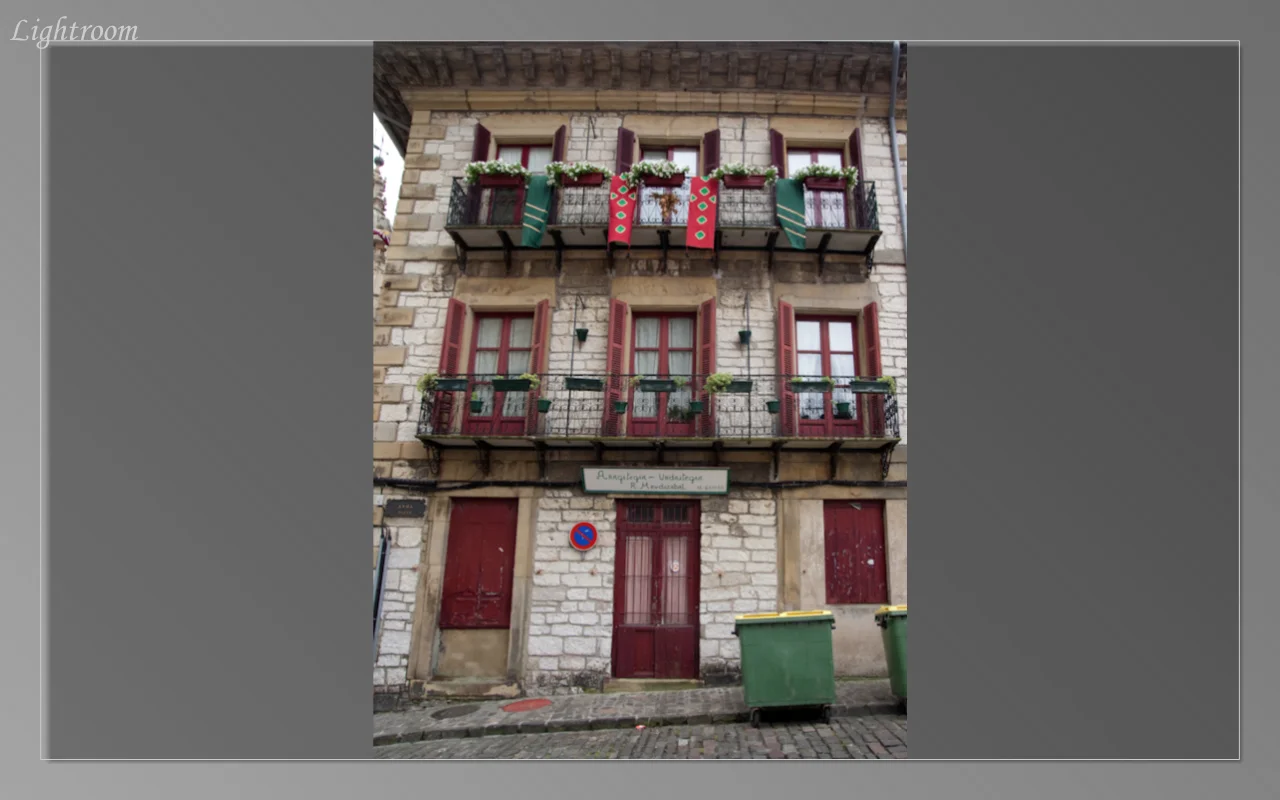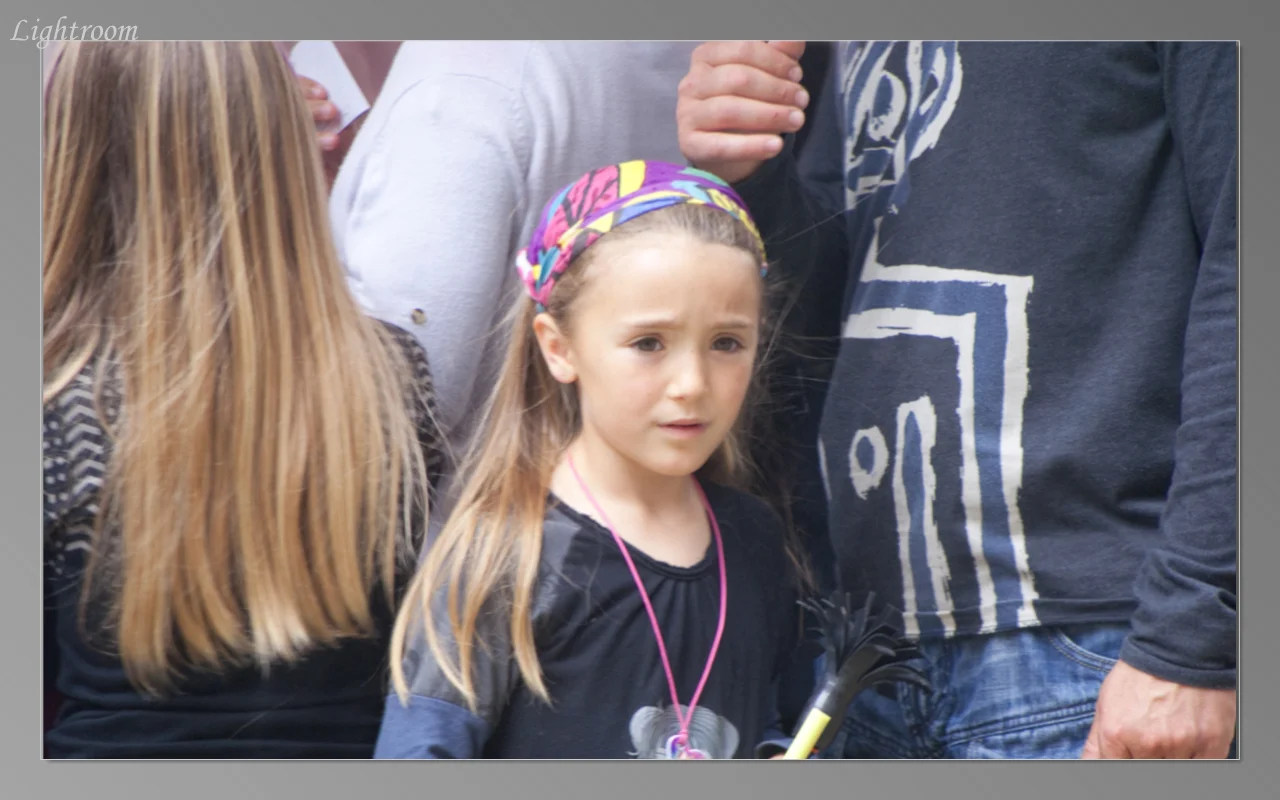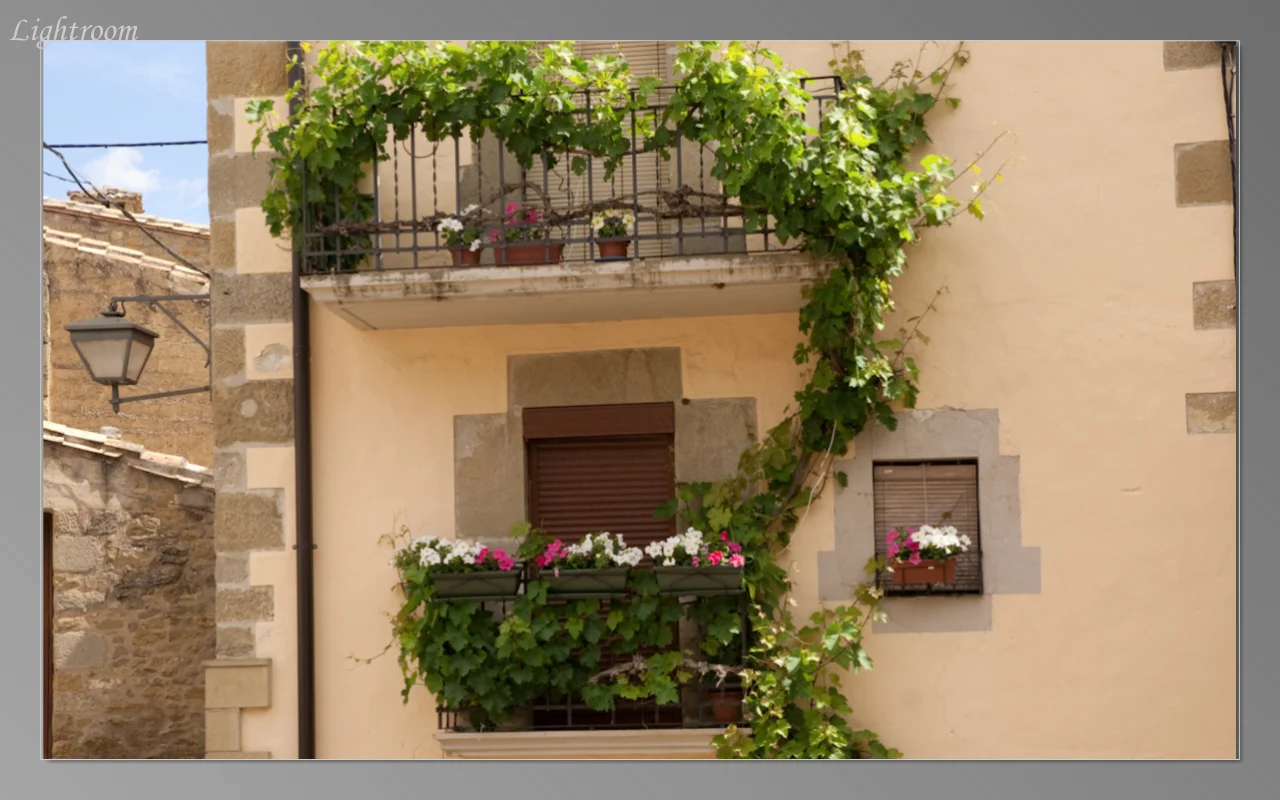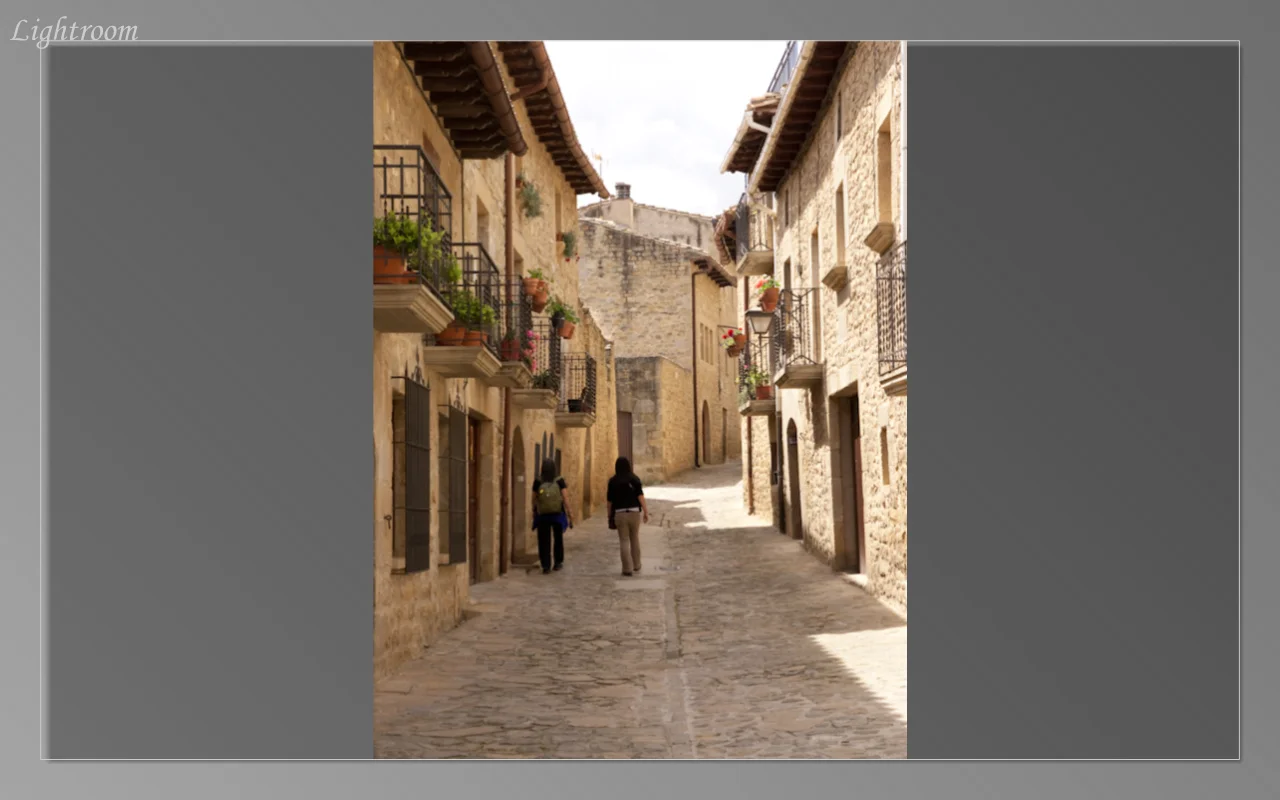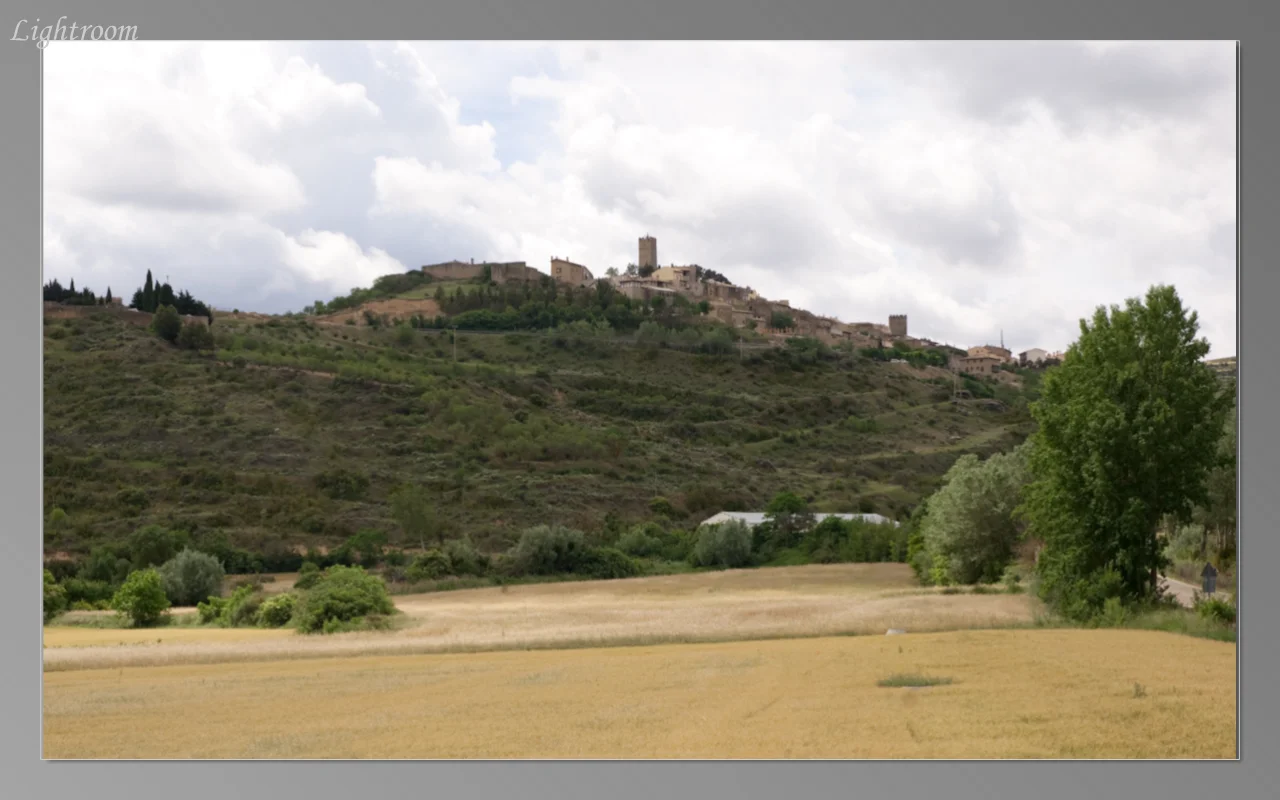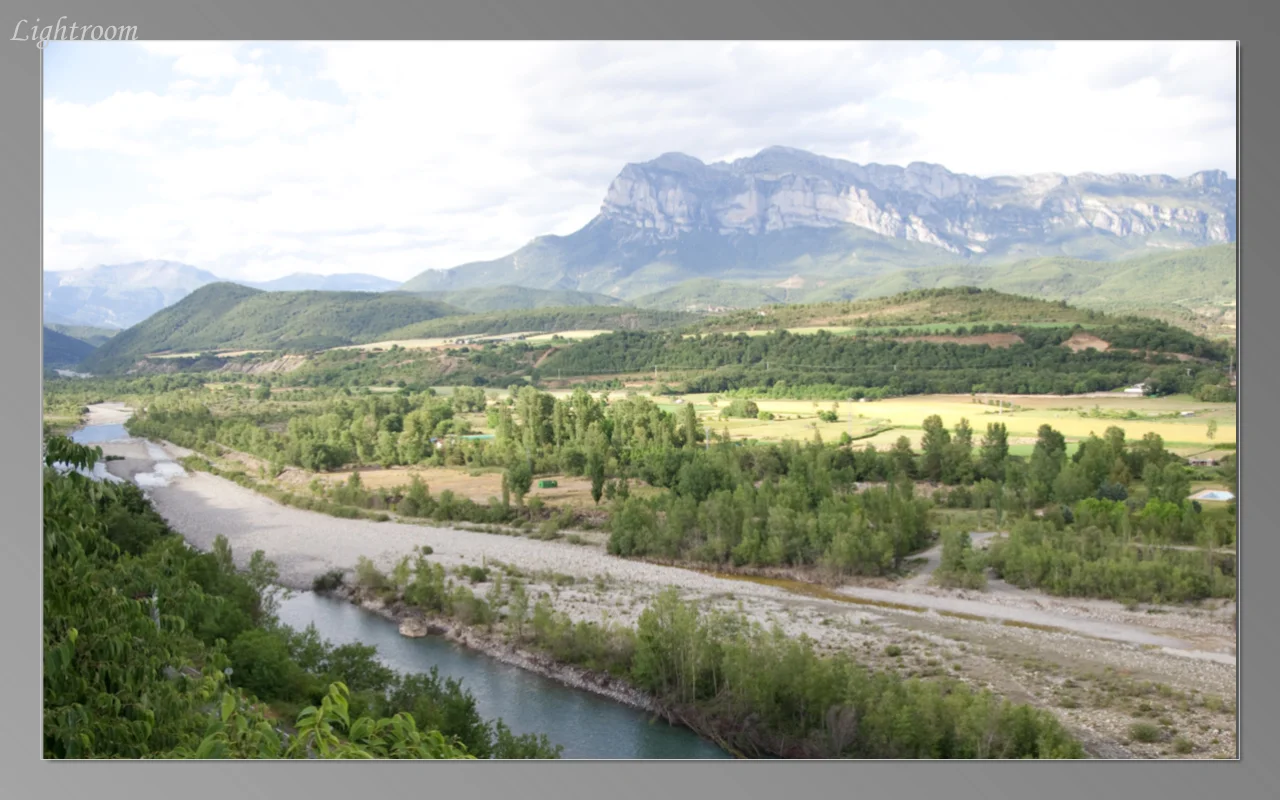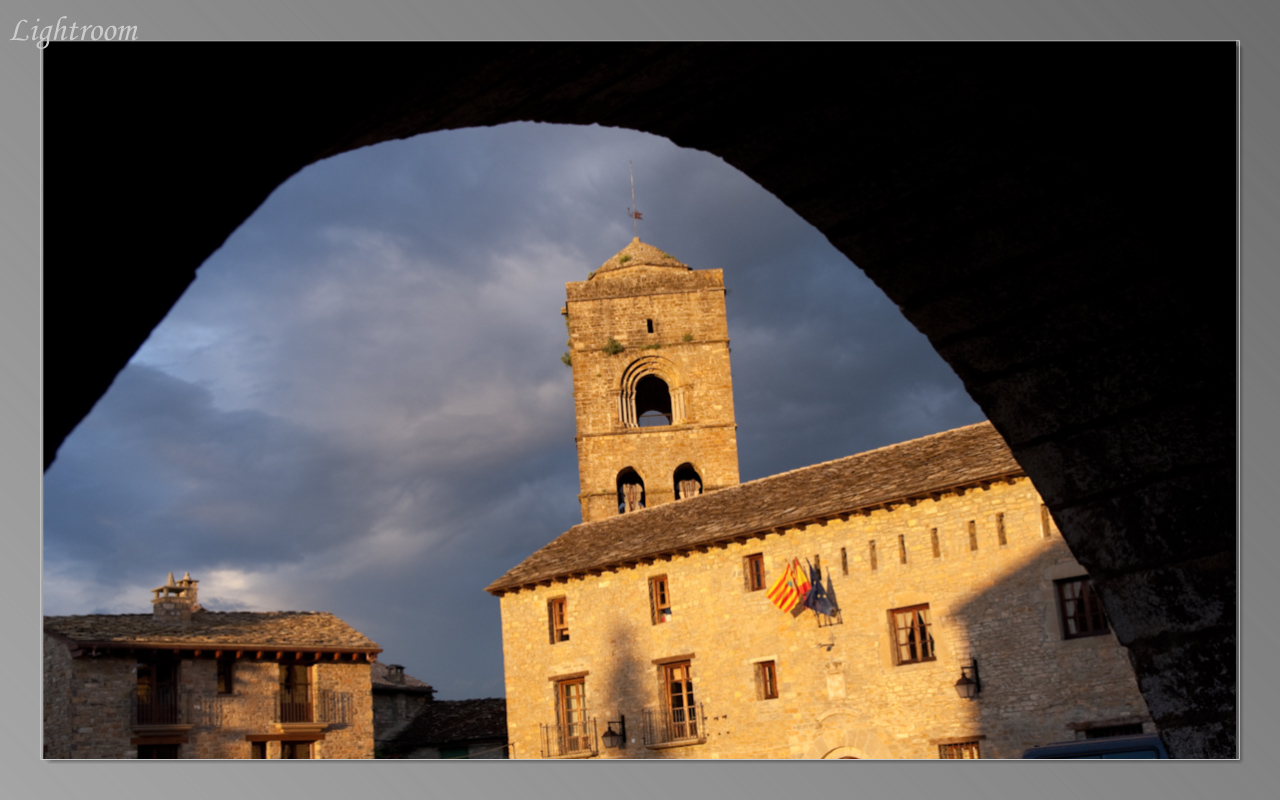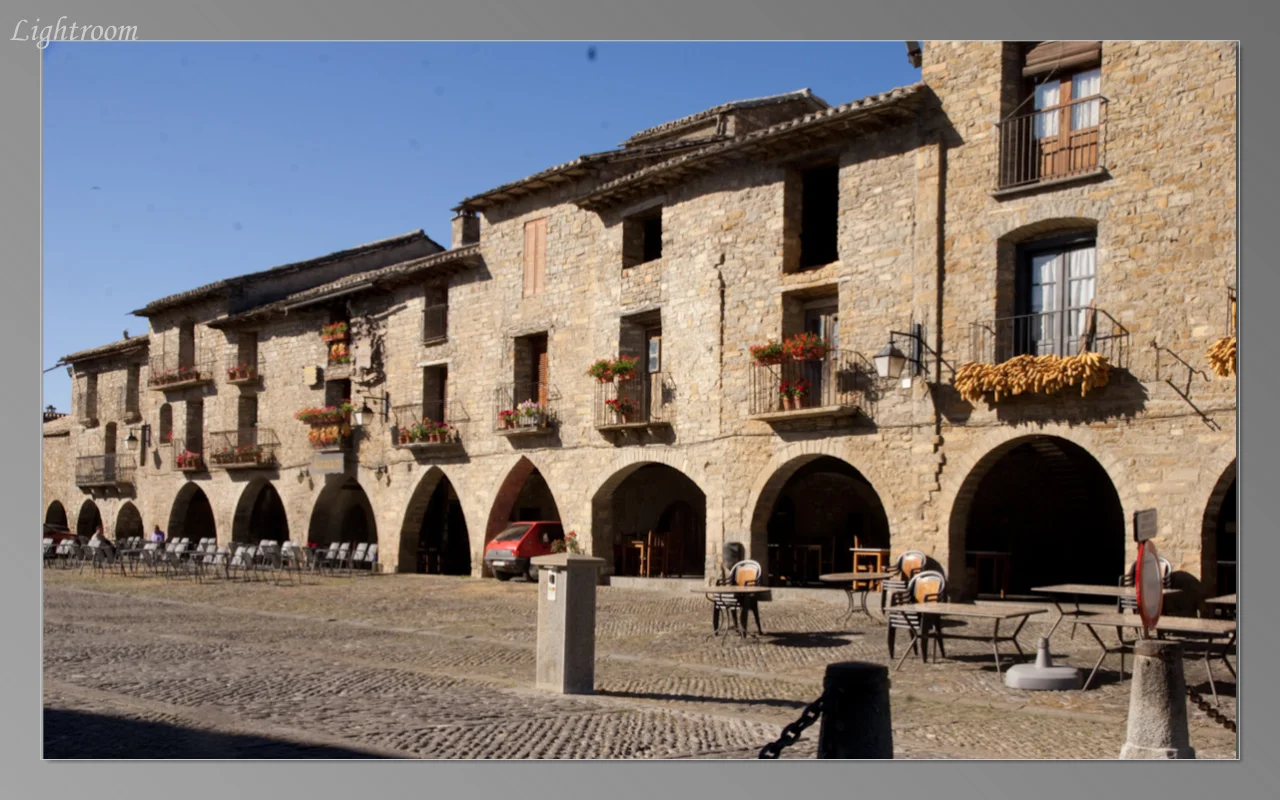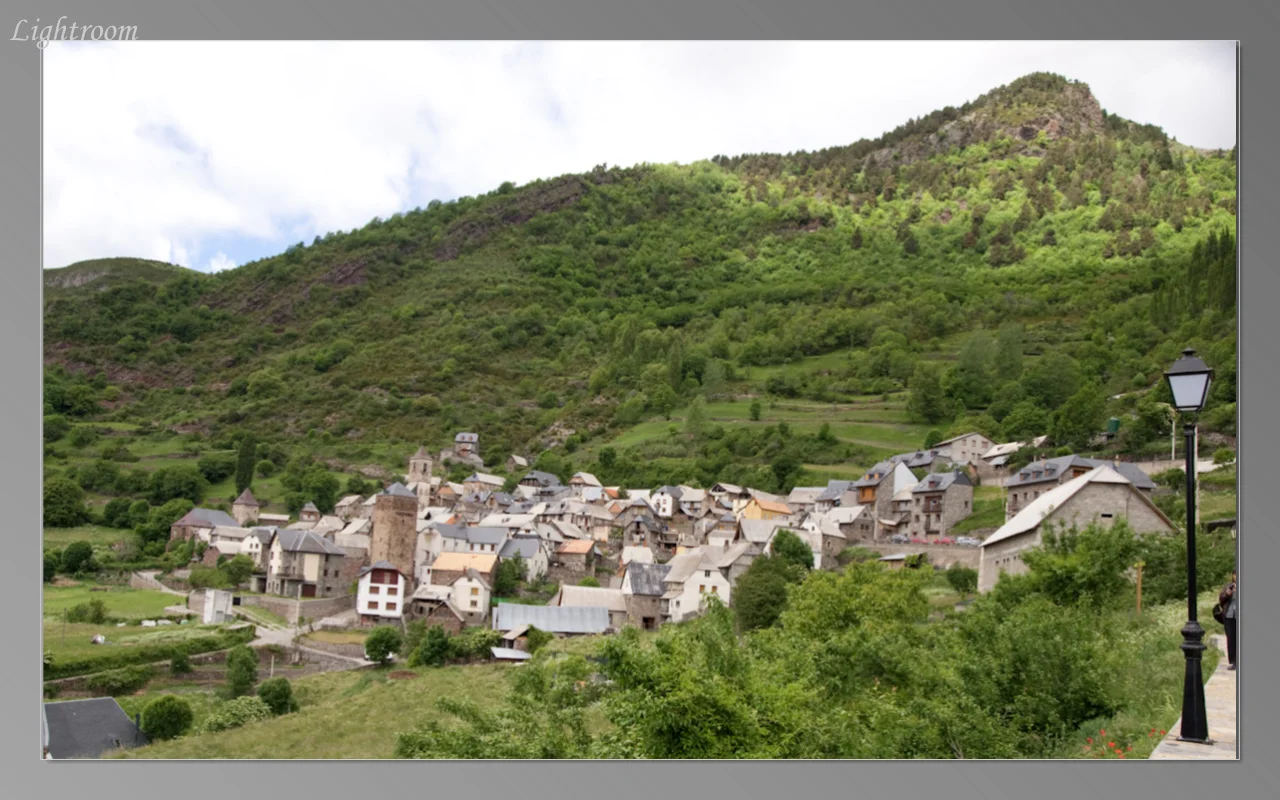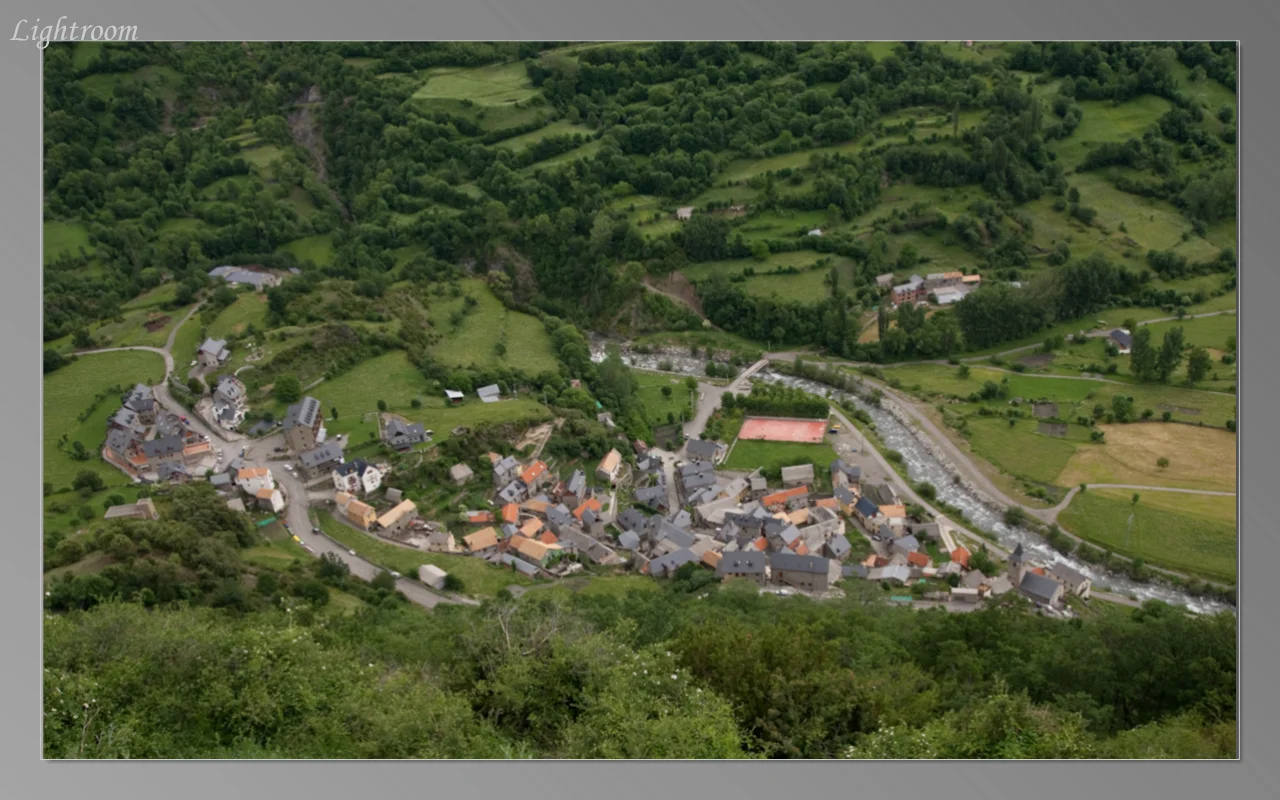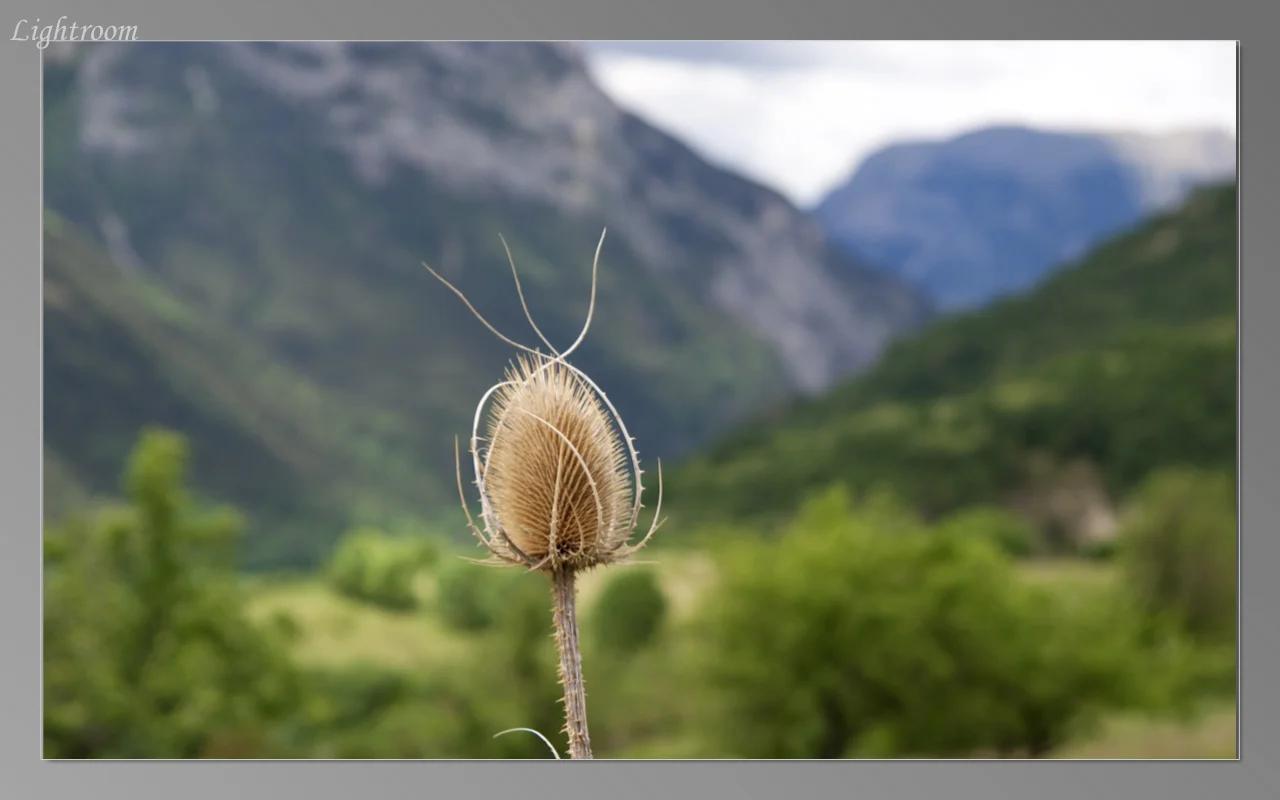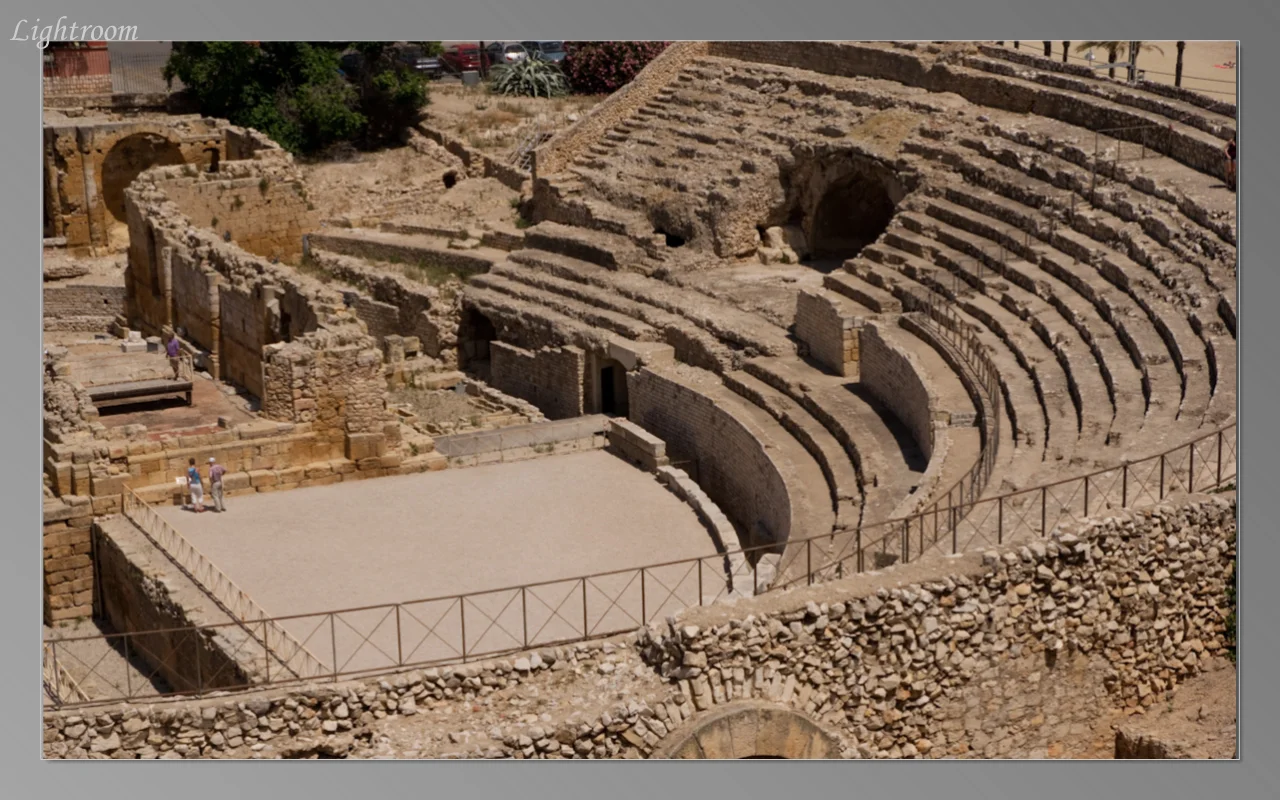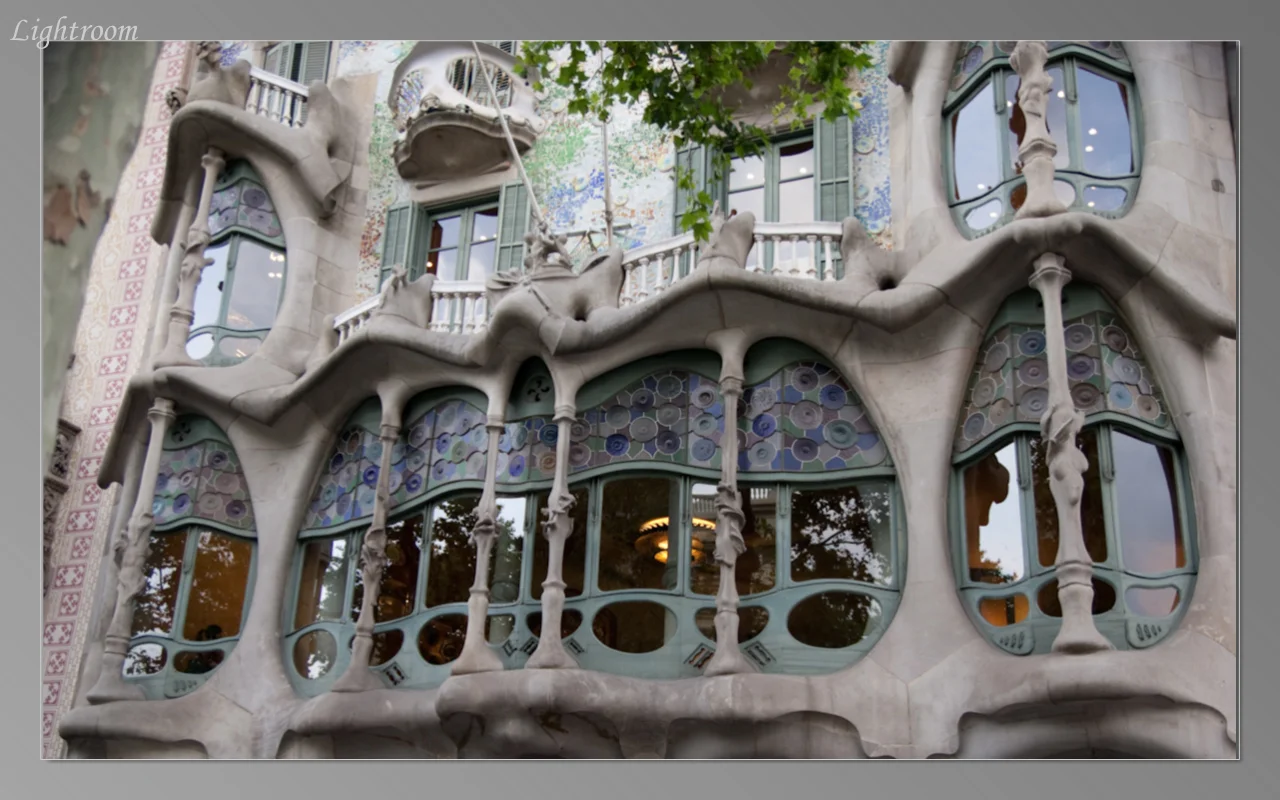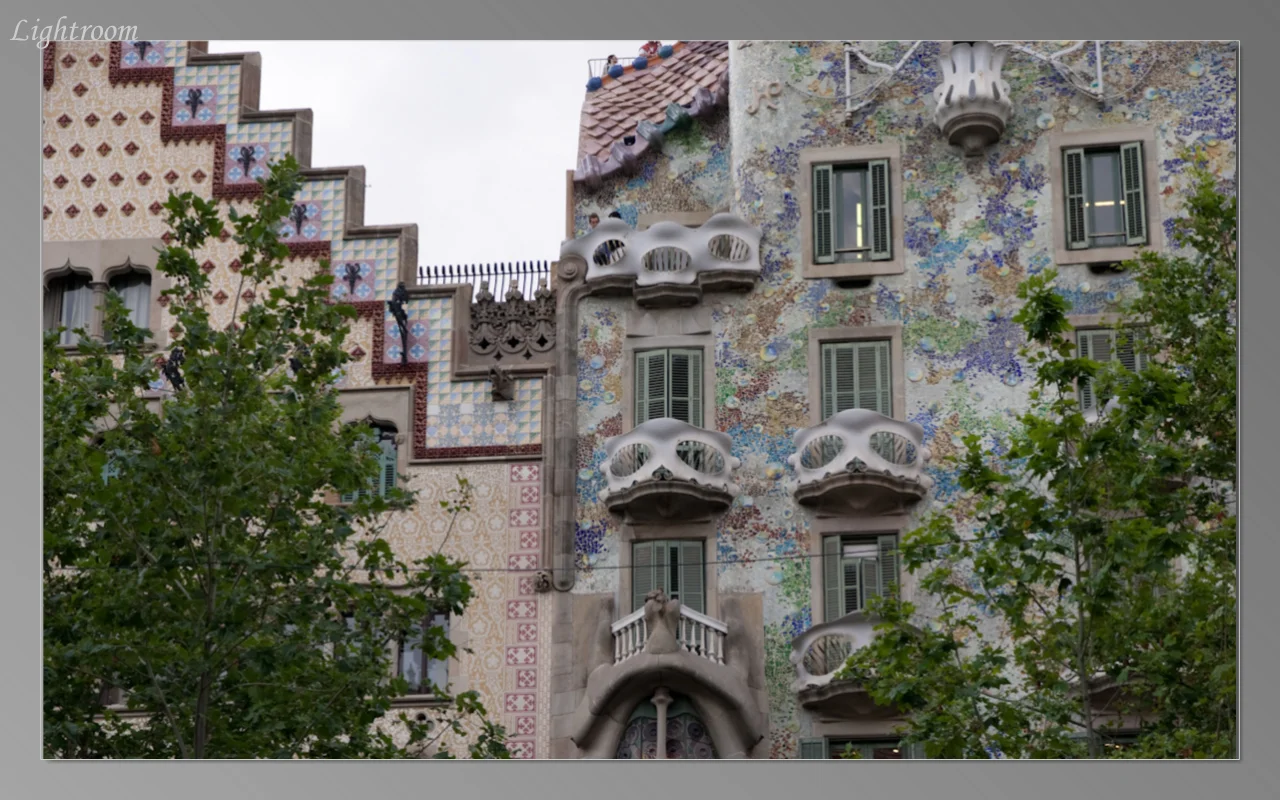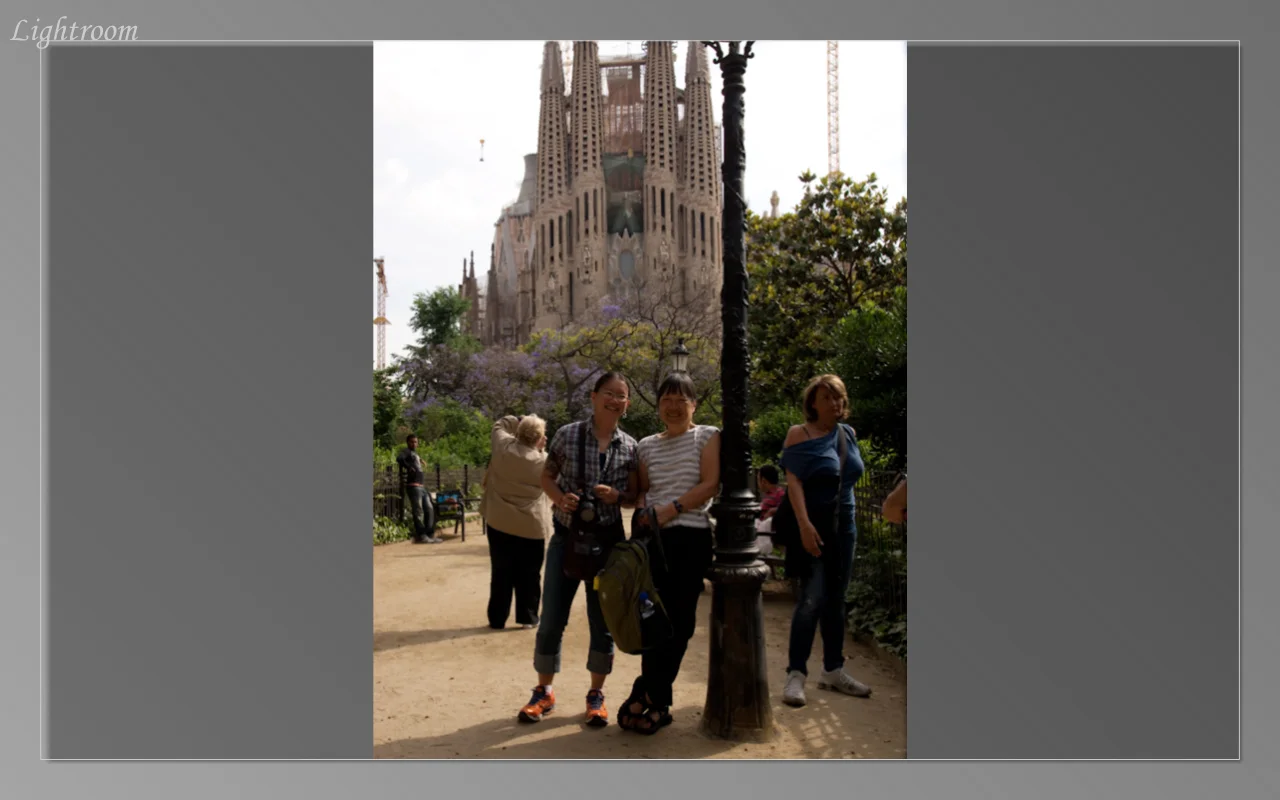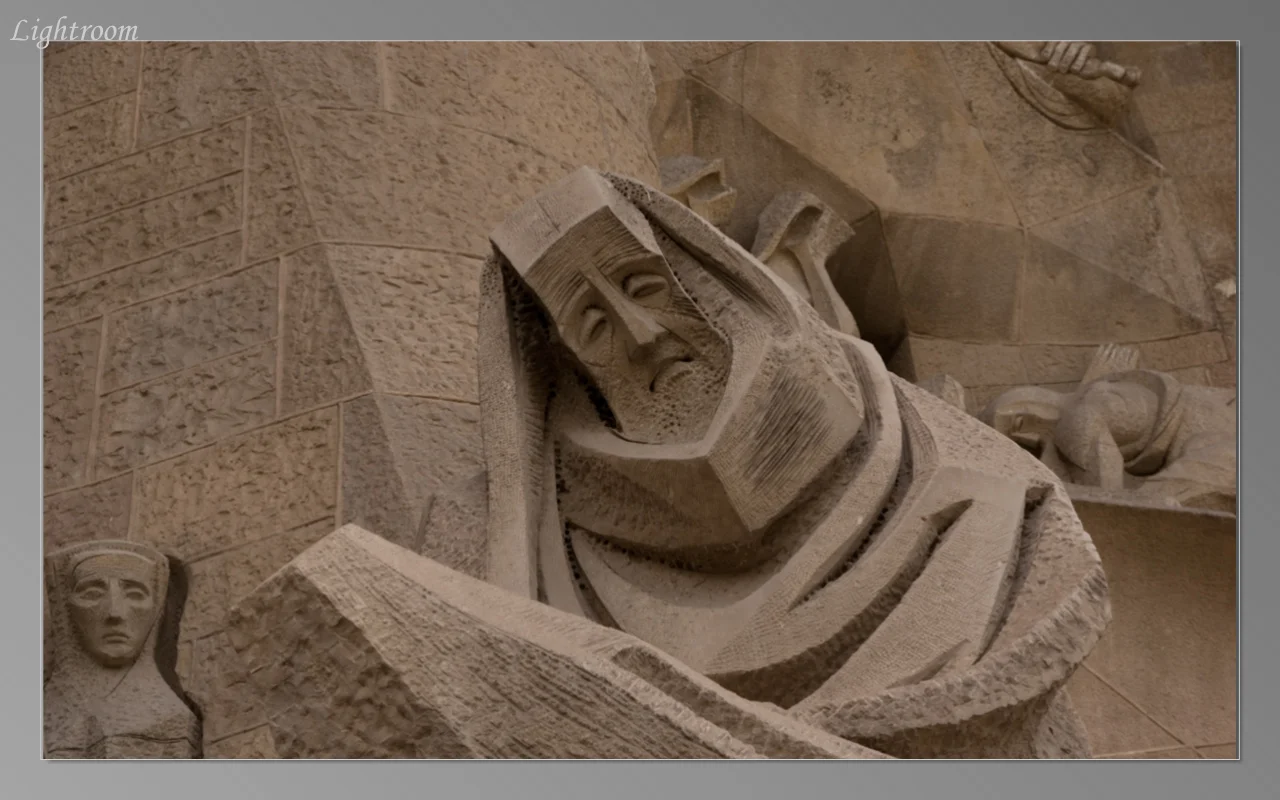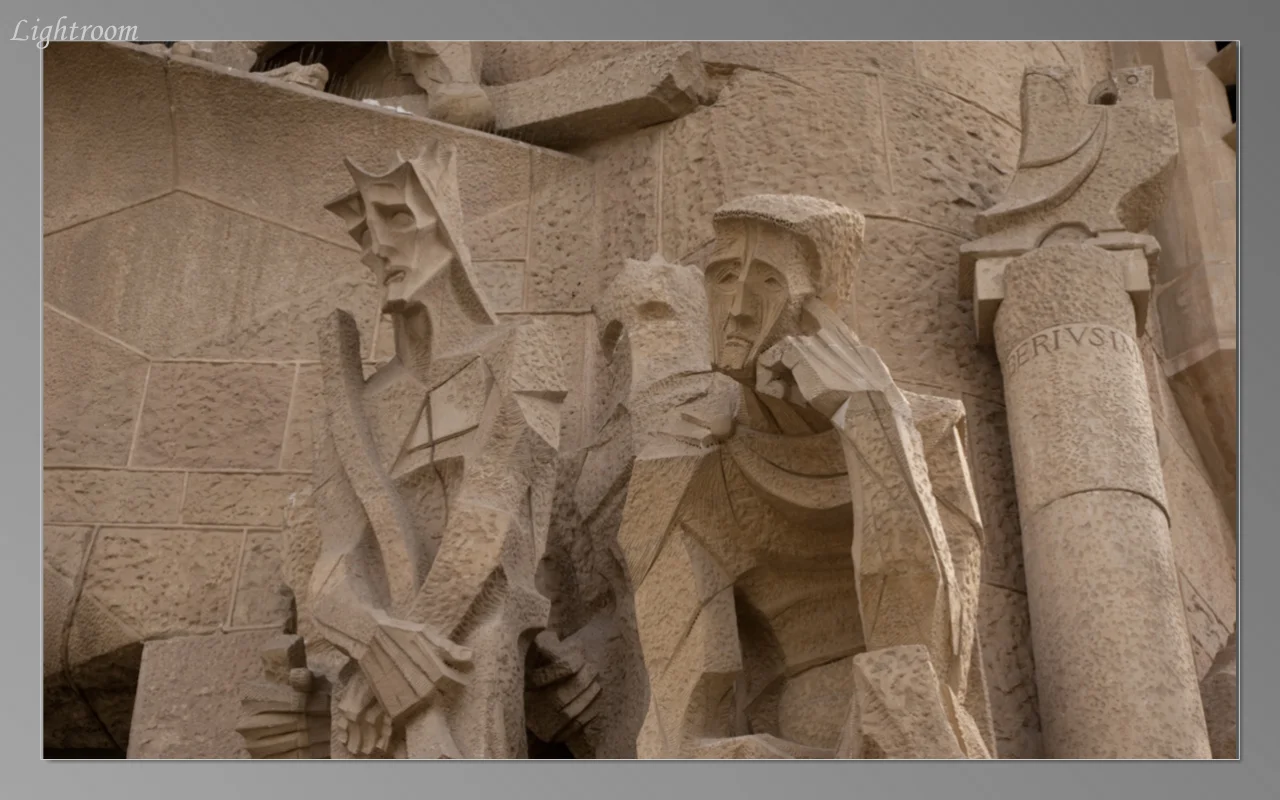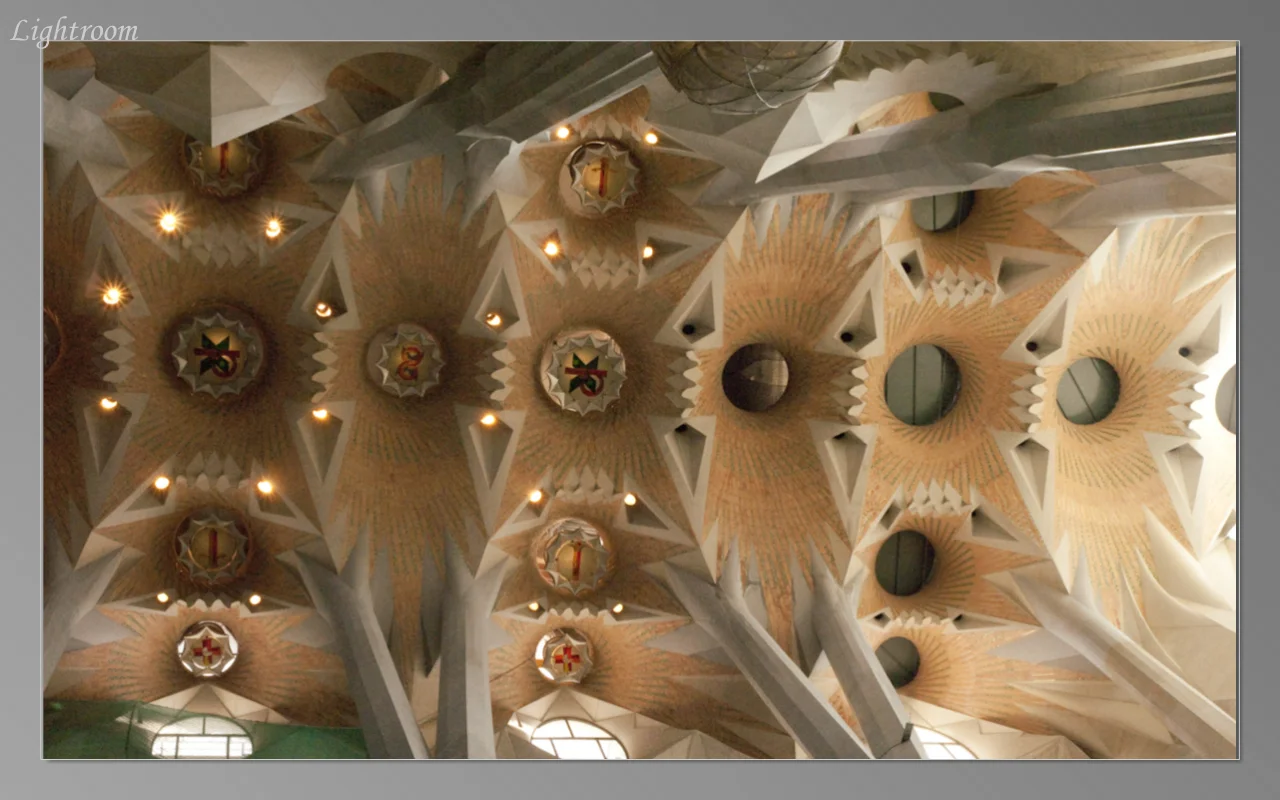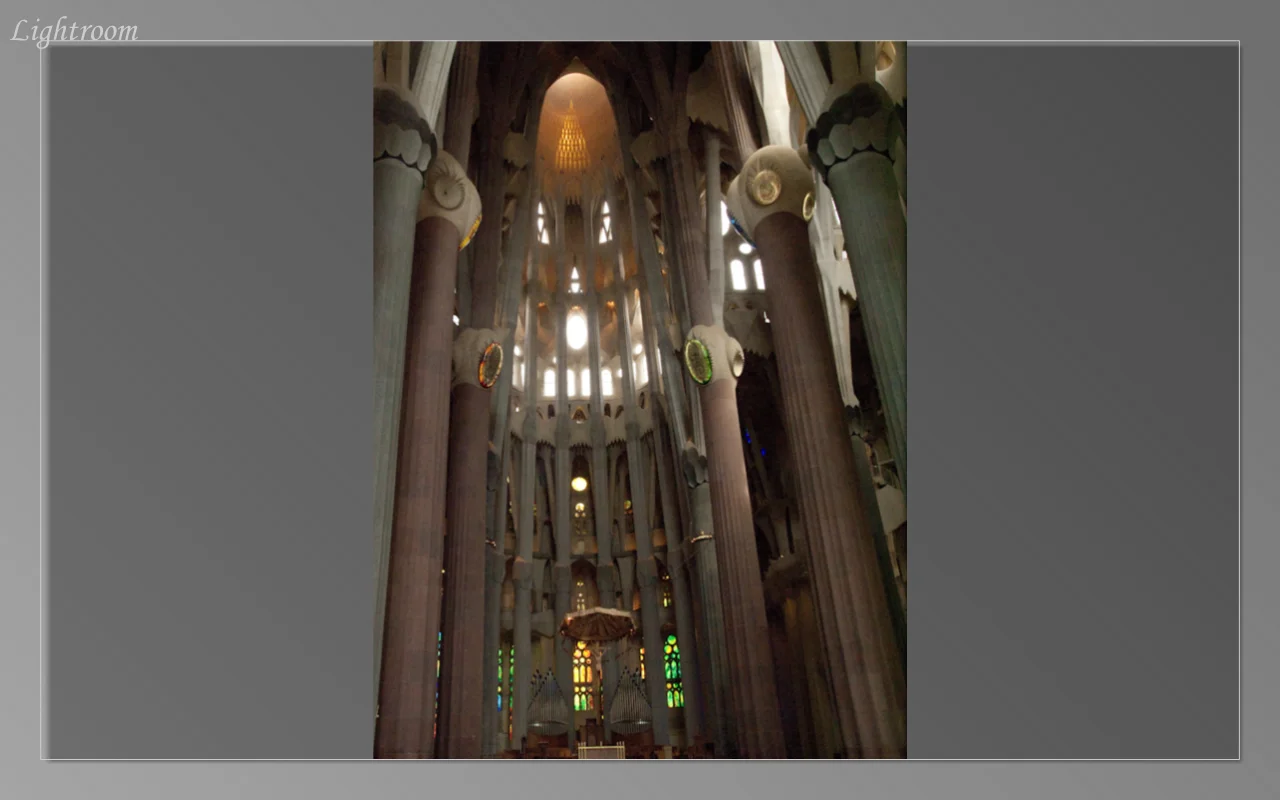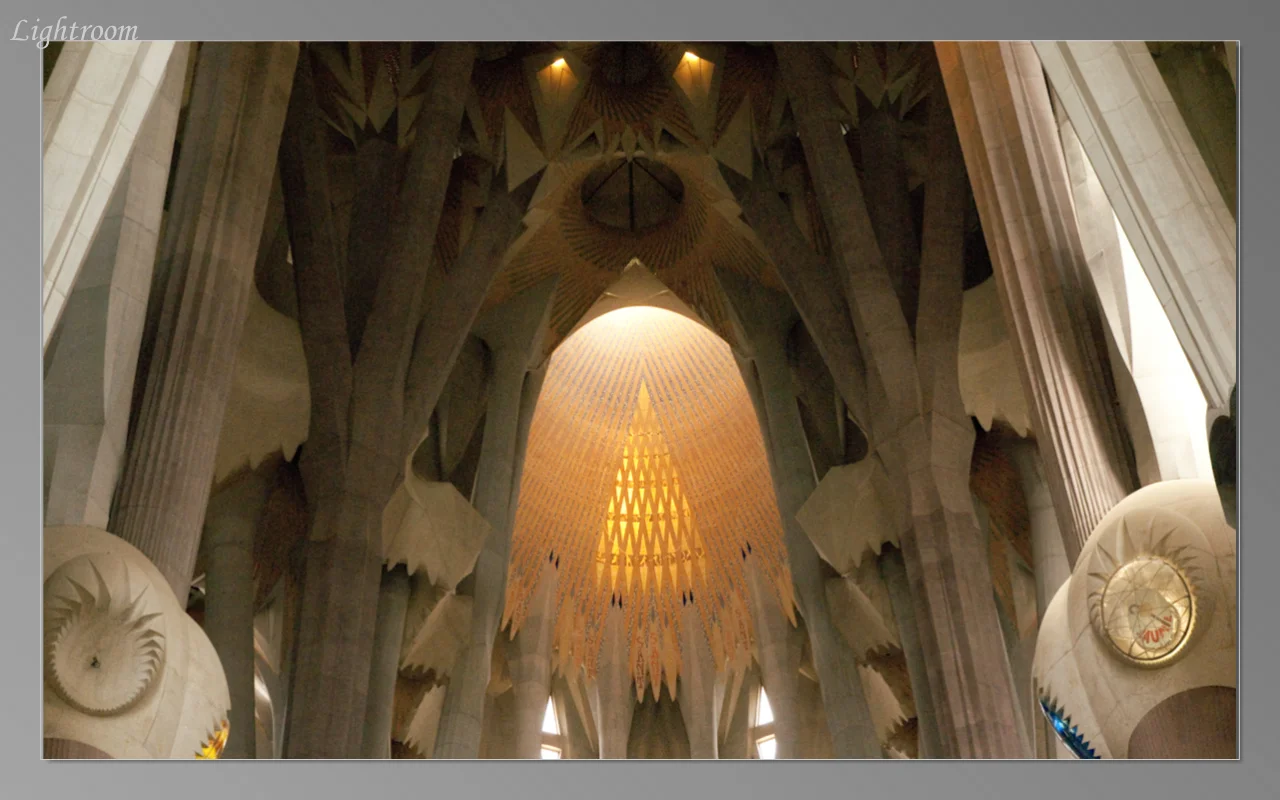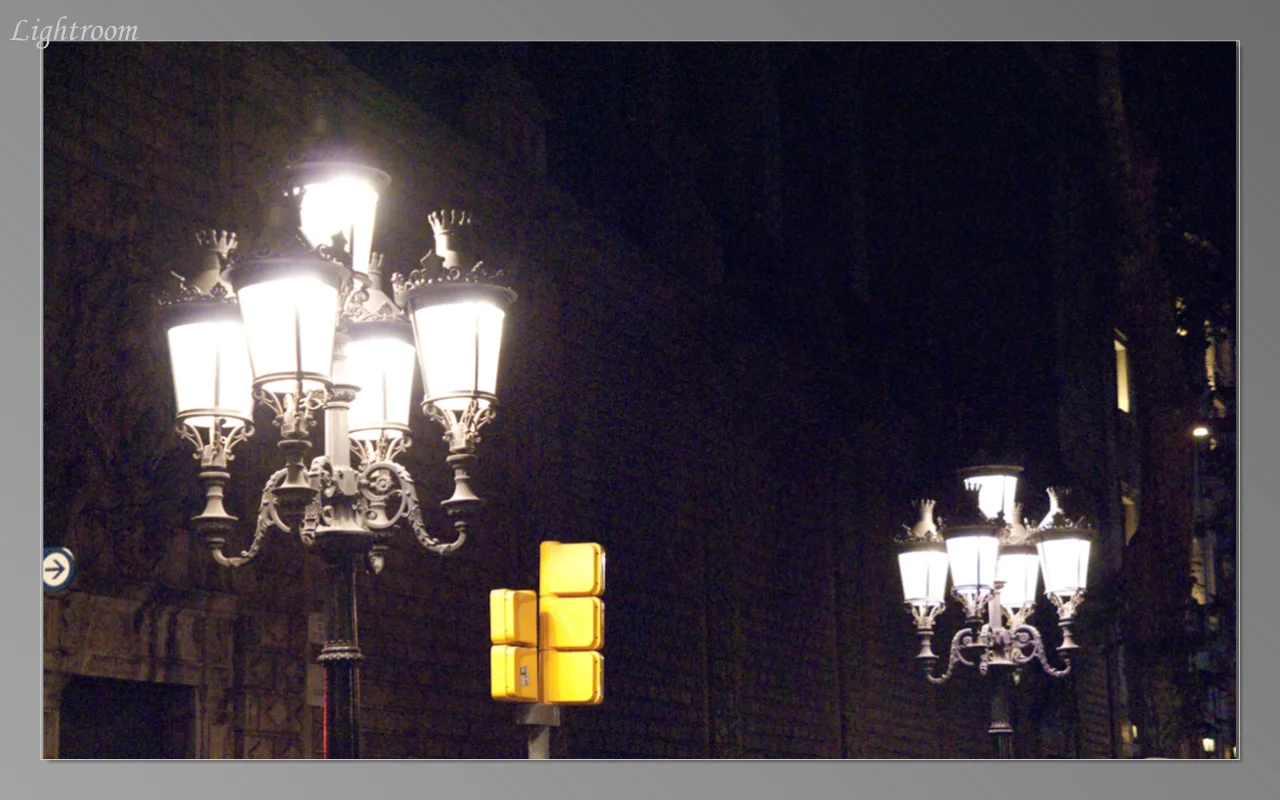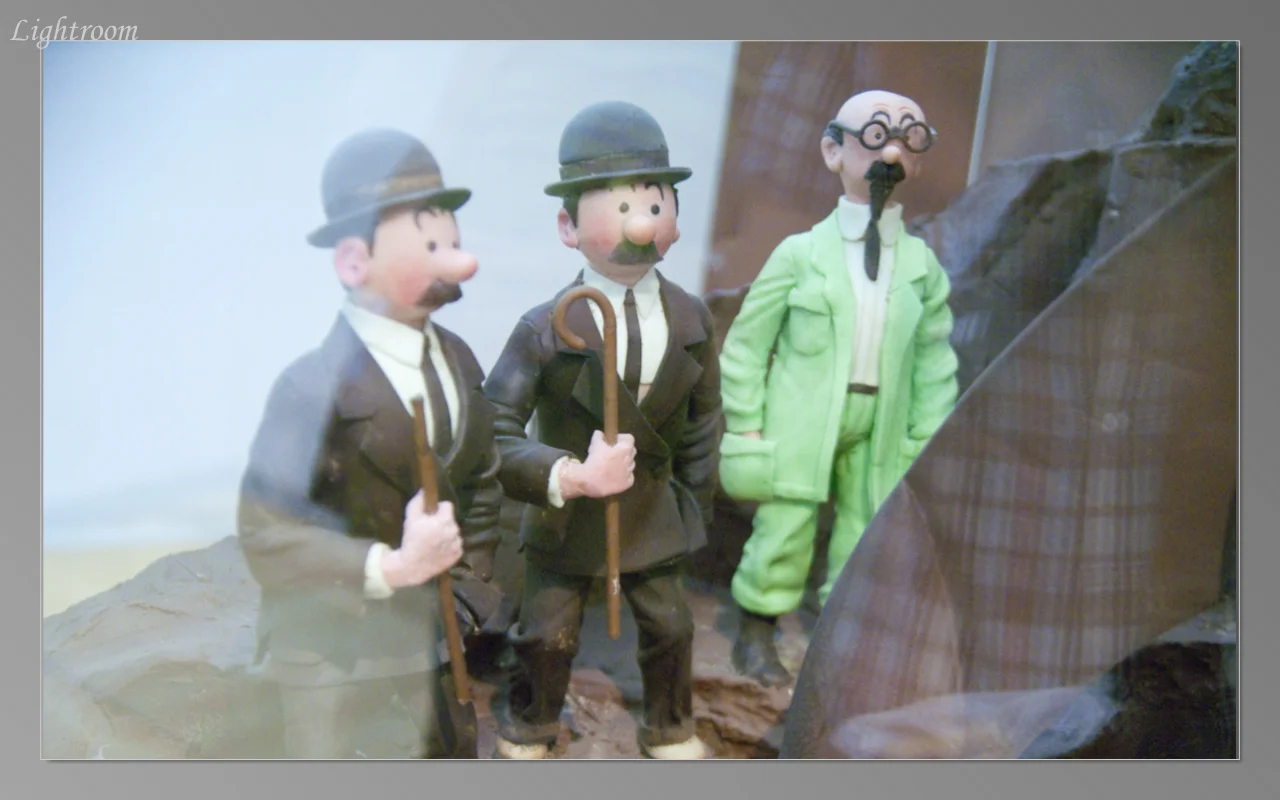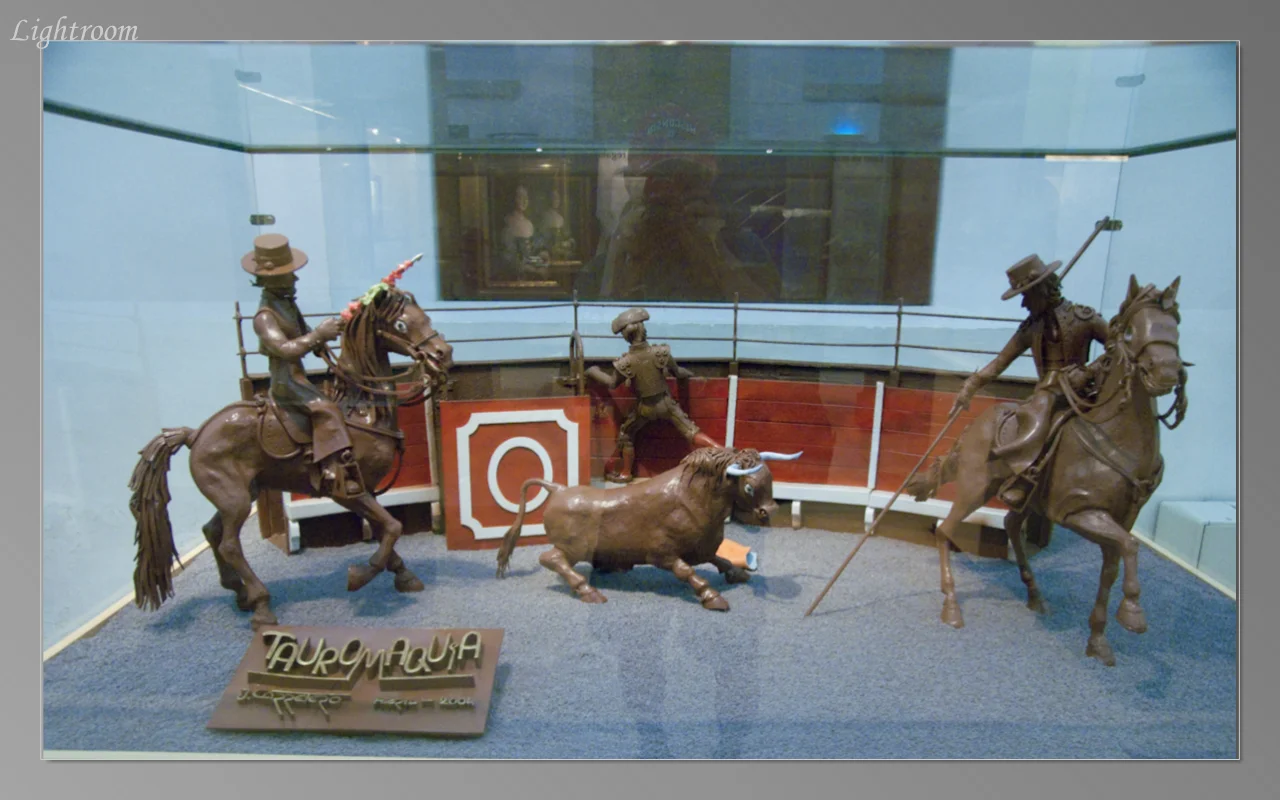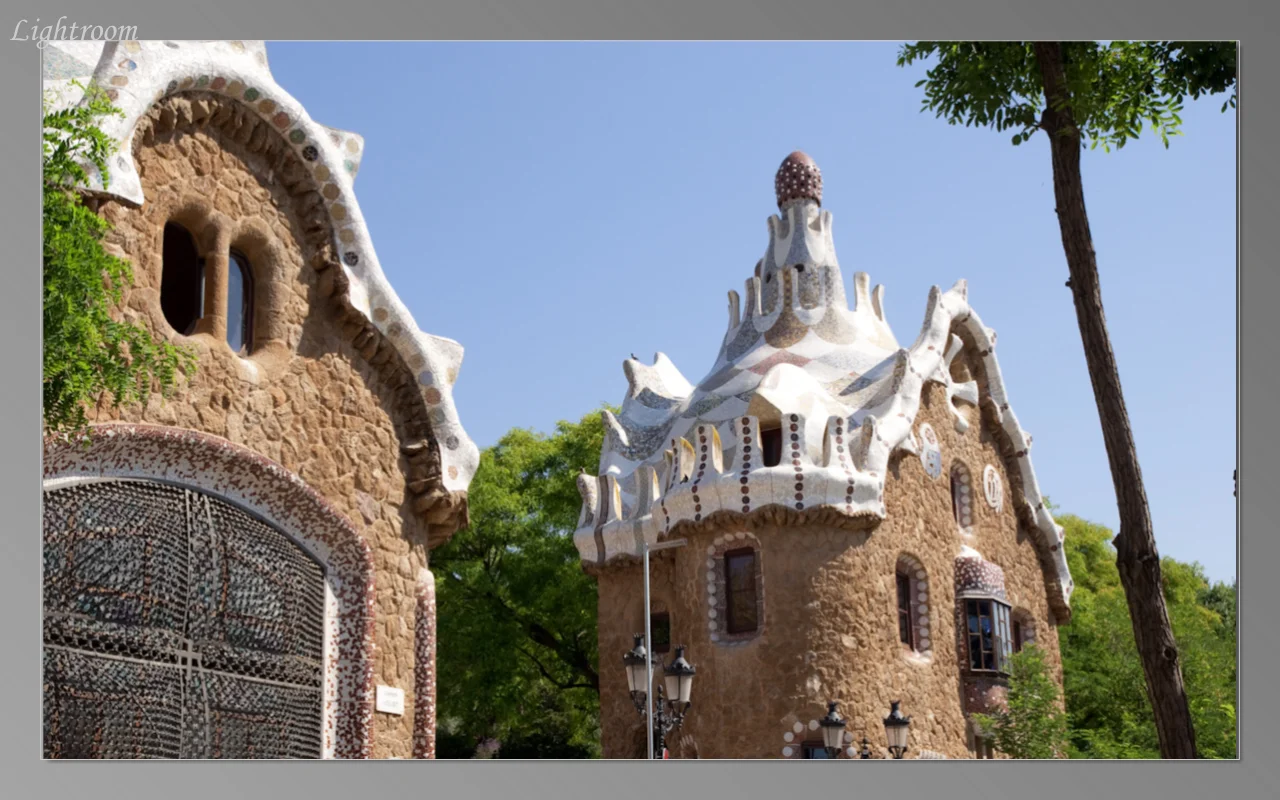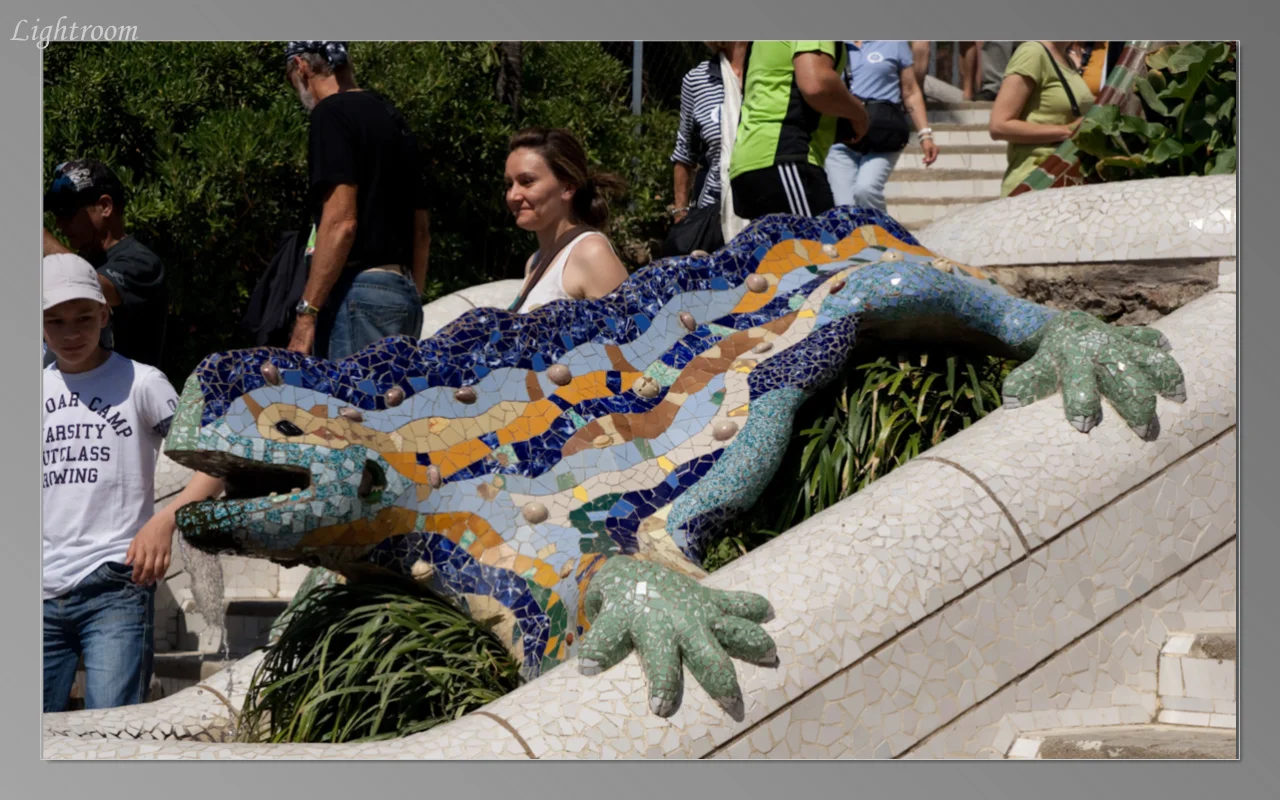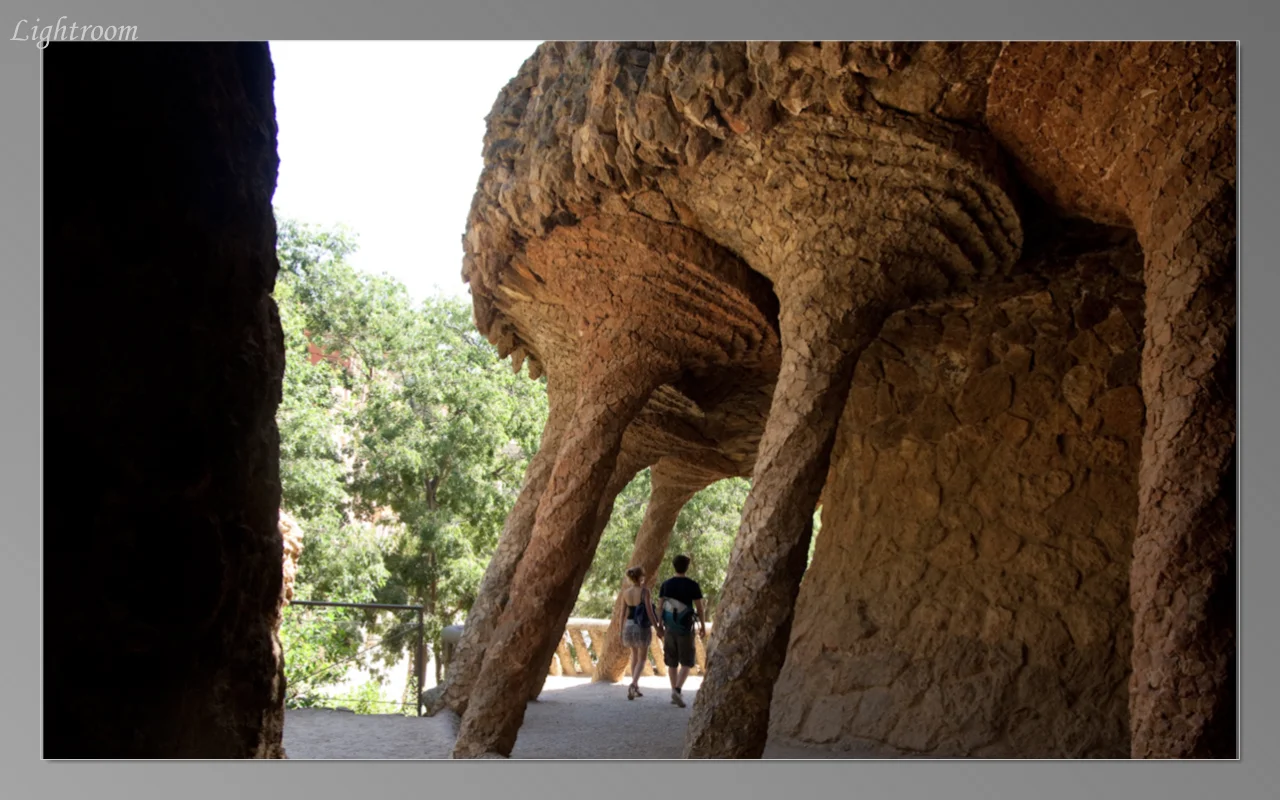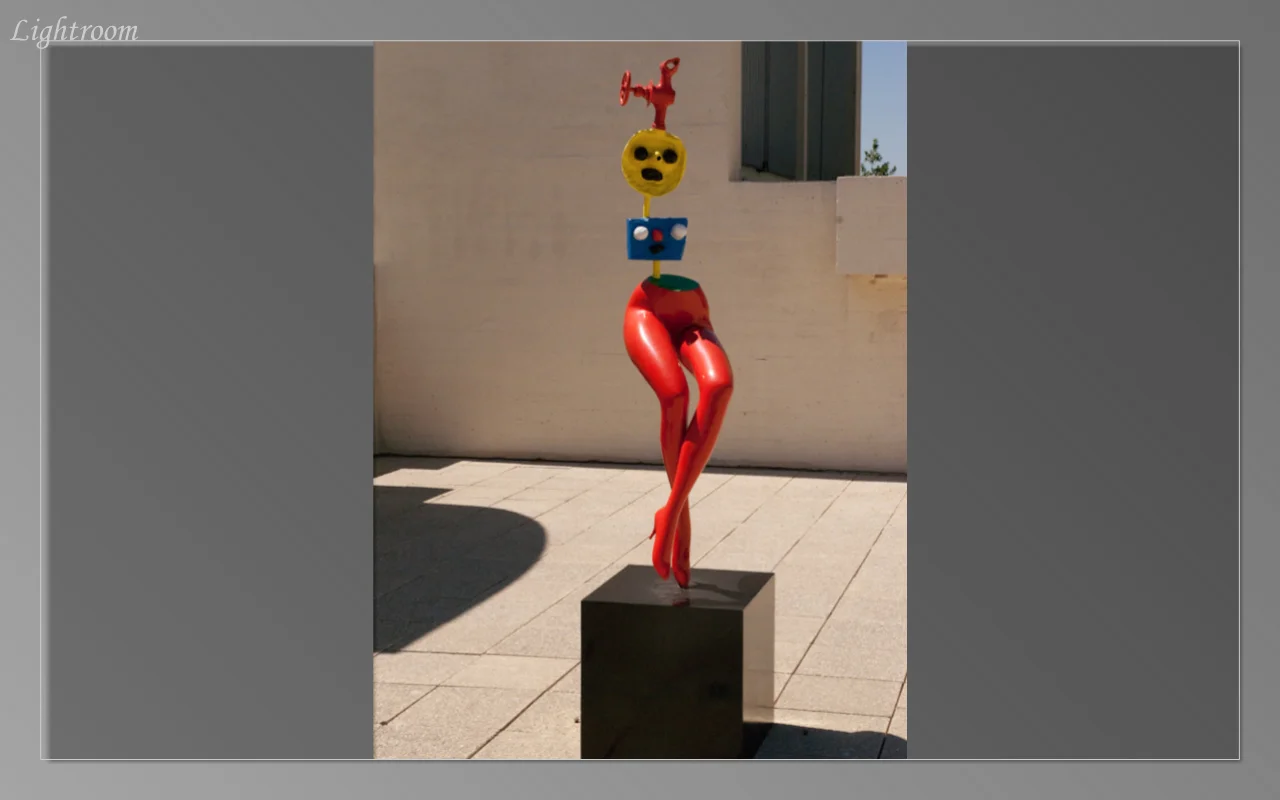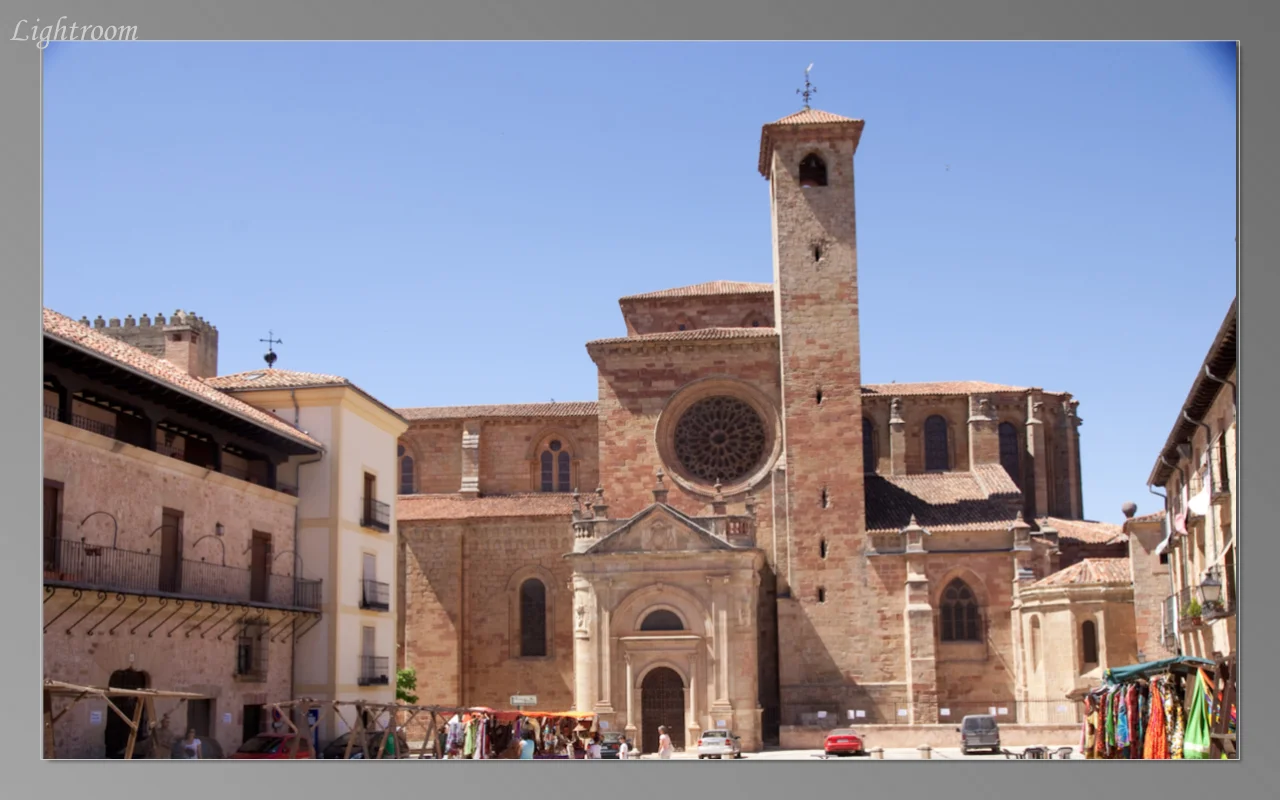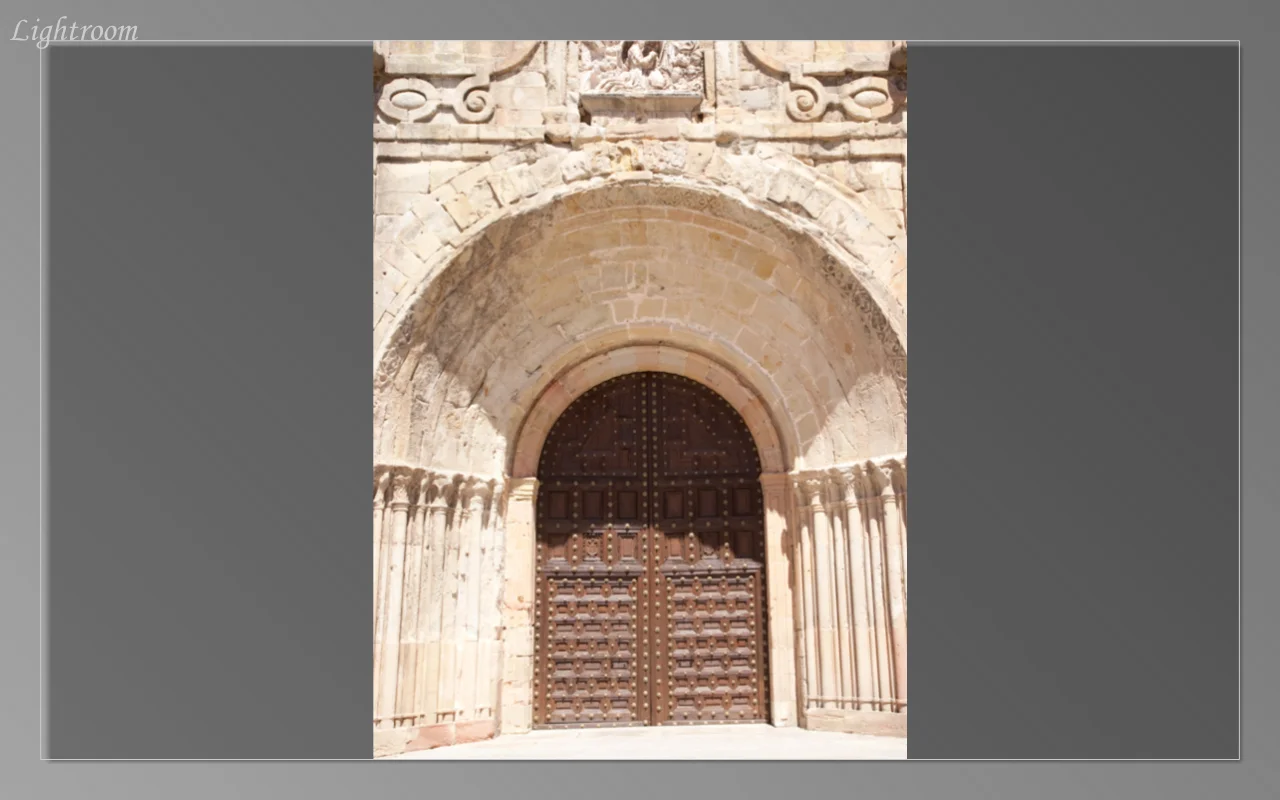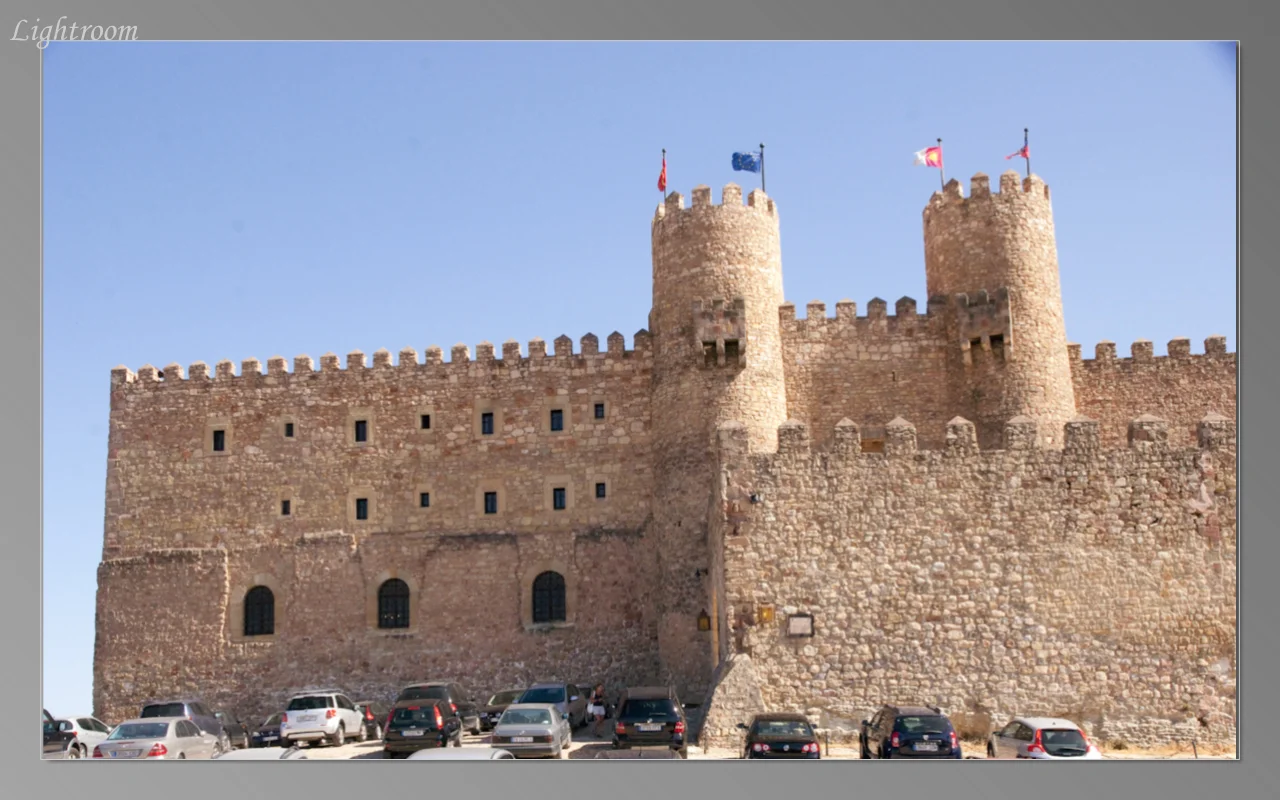Northern Spain
In June, 2012 our daughter Laura joined Lil and me on a road trip through Spain.. Since we had visited Andalucia on a previous visit, this time we went mostly to small towns of northern Spain. We flew to Madrid for one night and then took the train to Salamanca where I taught a short course on the auditory system for three days at the University. After the teaching stint, we rented a car and went in a clockwise direction to Segovia, Burgos, the small towns of Santillana del Mar, Hondaribbia, Sos del Ray Catolico, Ainsa, and then to Tarragona, Barcelona and back to Madrid with a stop in Siguenza
Madrid
We only stayed in Madrid for one night since we had previously visited the city when we toured southern Spain. We met an old friend Nell Cant from our Ann Arbor days (she was the previous instructor in the course at Salamanca) and went out for tapas in an area of Madrid supposedly famous for them. Oddly we had also run into Nell unexpectedly on our last trip to Madrid in a cafe.
Plaza Mayor
Break dancing at the Plaza Mayor
Madrid steet scene
Meeting with an old friend Nell Cant in Puerto del Sol in Madrid
Palacio Real of Madrid
Panorama of the Palacio Real of Madrid
Almudena Cathedral near the Royal Palace
Fountain on the grounds of the Royal Palace
Detail of the ceiling in the Royal Palace
Puerto del Sol
Queen Isabella
Salamanca
The University of Salamanca is the oldest and most prestigious university in Spain and one of the oldest in Europe. The town is very pleasant and is famous for a large and lively Plaza Mayor which is a great place to relax and have a cerveza. I spent most of my time in Salamanca in class while Lil and Laura explored the city. In the afternoon and evening though we sampled all of the tapas bars in the area with the help our host, Doug Oliver, and the students in the class.
Meeting Doug Oliver, organizer of the course, in the Plaza Mayor
Facade of the Cathedral of Salamanca, built 1513 and 1733
Detail of the facade around the door to the left with an astronaut with moon boots. The figure was added in a restoration in 1992.
Plaza Mayor at night
A 360 deg panorama of the Plaza Mayor in Salamanca at night
Interior passageway of the Plaza Mayor
View of Salamanca from Cathedral
New Cathedral of Salamanca
Courtyard of the Convento las Duenas, a Domincan convent, in Salamanca
Segovia
We drove to Segovia after my teaching in Salamanca was finished. On the way we stopped to take some pictures of the walled city of Avila. Segovia is famous for the Alcazar (or fortress) and for a well preserved and large old Roman Aqueduct that runs through the city.
The cuisine of Segovia is famous for roast suckling pig. By tradition the dish is brought to the table and the pig is cut by using a dish, rather than a knife, to show how tender it is.
Avila
The walled city of Avila
Narrow street in Segovia
Sunset view in Plaza Mayor of Segovia
Having the specialty of Segovia, roast suckling pig. Note that the waiter is about to cut the pig with a dish.
The Alcazar
The Alcazar
The Alcazar
Street lamp in alleyway
Courtyard of the Alcazar
Touring the Alcazar
View from the Alcazar
View from the Alcazar
View from the Alcazar
Courtyard of the Alcazar
Narrow alleyway of Segovia
View of Segovia from the Alcazar
View of stork’s nest from the Alcazar
Stork’s nest from the ground
Gates of Segovia
The Aqueduct runs right through the center of the city
Closeup of the aqueduct
Aqueduct
Street lamp and aqueduct
Aqueduct
Burgos
Our next stop was Burgos which is well known for a large and beautiful cathedral.
Burgos cathedral at sunset
Burgos Cathedral at sunset
Burgos Cathedral at sunset
Spanish tile
Stained glass in cathedral
Stained glass in cathedral
Sculptured trees in Burgos
Plaza Mayor in Burgos
Santilanna del Mar
It is commonly said of our next destination, Santillana del Mar, that there are three falsehoods in the name: it is not holy (Santi), nor flat (llana), nor on the sea (del Mar). Nonetheless it is a very pretty city, but our main reason for coming here was to see the paleolithic cave drawings of Altamira, which is close to Santillana. Unfortunately they now do not allow people to enter the caves for fear of damage from the carbon dioxide and water vapor of large number of tourists. There is now a nice museum in which they built a replica of the cave with copies of the cave art. Just the month that we were there, a publication came out in Science that dated the cave drawings in Altamira to over 36,000 years ago using a new technique for carbon dating. They did not allow photos in the museum when we were there so the images of the rock art are from coasters that we bought at the gift shop. The Altamira caves are a UNESCO World Heritage site.
Examples of the cave art
Hide and go seek - a game without borders
Plaza Major
Father daughter inside joke
A guillotine in the museum of medieval instruments of torture
More instruments of torture
On the drive we passed the harbor of Castro Urdiales with its castle on the hill
Castro-Urdiales
Bilbao
Bilbao is now best known for the sleek and modern Art Museum designed by Frank Gehry. The museum dominates the riverfront.
Bilbao Museum of Art
Frank Gehry handiwork
On the drive we passed the pretty harbor of Castro-Urdiales with a castle on the hill
Harbor view of Ondarroa
Hondaribbia
The small town of Hodaribbia lies nearly on the French border. On the day we were visiting they were having a medieval festival which gave the historic and picturesque town a special flavor. Many people were dressed in period costume and there were many booths set up to demonstrate and sell unique items.
The Plaza Mayor in Hondaribbia is one of the most colorful we’ve seen
Medieval Festival participant
Medieval clowns
Parade through the town with two giant puppets leading the way
Even the children get into the spirit
Sos del rey Catolica
The medieval town of Sos is a quiet and uncrowded gem. We stayed here for two nights and had fun wandering and climbing its narrow alleys.
Ray of sunlight on Sos
On the rooftops of Sos
Looking over the rooftops to the surrounding countryside
Narrow alleyways in Sos
Home of Ramon y Cajal : Petilla de Aragon
Hill town of Petilla de Aragon, the birthplace of Ramon y Cajal
On the way out of Sos, we were driving along and I saw a sign with an arrow and with the words “Ramon y Cajal”. For those of you who are not neuroscientists this may not mean much, but he is widely considered to be the ‘father’ of modern neuroscience. Of course I knew he was Spanish but I didn’t know where he was from. So we drove down the small two lane road that kept getting narrower and narrower. It finally dead ended in a tiny hill town called Petilla de Aragon which it turns out is Cajal’s birthplace. They have preserved the house that he was born and lived in. Unfortunately we were not there on a weekend, which is the only time that the house is open for visitors. We asked around to see if someone could let us in but to no avail. Cajal won the Nobel Prize in 1906, sharing it with his biggest rival Camillo Golgi. It is truly remarkable that he could achieve so much coming from such a tiny village, so small that the only road in deadends on the town.
House where Cajal was born is now a museum, but only open on weekends
Ainsa
The next stop was a small mountain town in the Spanish Pyrenees near the French border.
At our BnB
View of the mountains from Ainsa
Plaza Mayor
Plaza Major
Small mountain village
In the Pyrenees Mountains
Small mountain village
Mountain village in Pyrenees
Tarragona
Before going to Barcelona we made a side trip to Tarragona which has a famous old Roman amphitheater.
Ruins of ancient Roman amphitheater
Roman amphitheater in Tarragona
Ruins of ancient Roman amphitheater
Barcelona
Barcelona is the second largest city in Spain and one of the most popular tourist destinations. We spent most of our time on an architecture tour, visiting the famous buildings designed by the architect Gaudi. The most famous of these is the reknown cathedral known as the Sagrada Familia, which is still not finished.
Closeup of Casa Batllo
Casa Batllo
Lil and Laura in front of the Sagrada Familia
Detail of outer wall of Sagrada Familia
Detail of outer wall of Sagrada Familia
Interior ceiling detail
Interior ceiling detail
Let there be light.
Spiral staircase
Night view of the fountain at Placa de Catalunya
On Las Ramblas at night
Tintin in Museo de la Xocolata
Bullfight in the Museo de la Xocolata
Parc Guell
Parc Guell
Parc Guell
From the Castillo de Montjuich
On the rooftop of the Juan Miro Museum
Siguenza
On the drive back to Madrid to catch our flight home, we stayed for one night in Siguenze, a moderately sized town famous for an old cathedral and an old fort.
Doorway of Siguenza Cathedral
Siguenza Castle
Please note: All text and photos are copyrighted to Tom Yin. You are welcome to share the URL, however re-production of text or photos is not permitted. If you would like to feature this story, contact me and I would be happy to provide you with details, photos, text etc. Thanks!




































